|
With Thanksgiving in the rearview mirror, Giving Tuesday coming up in a couple of days, the end of the year approaching, and funds running low, now’s the time LWR is appealing to your holiday spirit to help us meet our fundraising goal of $1500. The fundraiser will run through Dec. 23, although an earlier end is possible if the funds are raised sooner.
It was a slow week, with just one intake, an adult mourning dove who may have been hit over someone’s dove field, as dove season is back in through today. Her wing looks pretty bruised but the birdshot appears to’ve passed straight through and while she can’t fly at the moment, things look promising for an eventual release.
The totally blind screech did require euthanasia, sadly, but the red tail’s eye looks much better. The swelling is down but the eye remains full of blood, so we can’t really assess the damage yet. He’s still not eating as much as I’d like, though.
The black vulture is a major con artist: Twice this week I’ve caught him perching on a ledge that would require flight to reach, and I hear him flying when I walk near the raptor flight. But he’s careful most of the time to make sure he’s on the ground when I walk in to feed him. The scraps he’s not eating are attracting quite a few of his buddies, too; I counted at least a dozen this morning who were looking for a way into the raptor flight to eat his leftovers! As soon as the weather moderates toward the end of this week, he’s slated for release.
And the screech recovering from eye surgery, aside from having scraped his cere raw trying to escape, is doing just great. He’s ever so grateful for the help LWR is providing him, as you can clearly see...
In all seriousness, his eye looks great, the pupil is responsive to light, the eyelid is fully functional, and he can definitely see out of the eye—all in all, a true success story for this lucky little fellow! He’ll remain at LWR for a few weeks longer to make sure that eye is fully healed and give him some time in the mini-pen to build up his flight muscles again after a month of inactivity, but he’s definitely slated for release by year’s end.
1 Comment
It was a pretty busy fall week that culminated with the release of the dog-attacked first year red tail who came in last month. And it was SUCH a pretty release that I kinda sorta went overboard with photos and video, so let’s start with gorgeous and move on from there, shall we? There’s nothing much to say about these photos and videos. He shot out of the box before I had the camera even focused, so no release video, but oh, the aftermath—after perching above water for some time, obviously planning to bathe, he treated us to a spectacular bathing display before shaking dry and flying off. Enjoy! The screech whose eyelid required suturing back together is doing great. He’s a textbook pissy screech and his eye looks amazing: clear, full movement of the eyelid, and full vision. Another week or so, and he should be ready for the mini-pen. Unfortunately, things aren’t looking as promising for the screech with the eye infection. It appears he’s totally blind. He cannot find his food, and he hates being force-fed. I’m trying to give him time but he’s likely a candidate for euthanasia. A mature male red tail may be facing the same situation. He was found in an interstate median and while nothing is broken, his right eye remains swollen and he doesn’t seem to have vision in the left eye, either. He’s currently in the mini-pen but cannot see to locate the perches. I placed him on the low perch when I moved him outside, in hopes that the fresh air would perk him up, but within hours he was on the ground at the back of the mini-pen, where he’s remained. Again, force-feeding is a struggle—he can’t see what’s going on and hates being handled for feedings. We’re trying a little more time with him, as well... Saturday morning an adult brown thrasher came in with a severe case of pox. He died before I could euthanize. And this morning FWS agent Thomas Payne delivered a young adult black vulture he’d retrieved from beneath a cell phone tower. He bated hard as we walked to the raptor flight, and I loosened my grip slightly to prevent him from breaking one or both legs—and he got loose. I still can’t run because of the ankle issues, so poor Thomas had to chase him back down, but we did get him back and into the raptor flight. Nothing felt broken but he favors his left wing ever so slightly. I think a little time will do the trick for him.
Y’all know how skilled my vets at Smalley’s are—or you should, anyway. Well, they’ve come through yet again. Remember the screech with the slit lower eyelid from last week’s update? I’ll let the pictures speak for themselves, for the most part. I took him in Monday afternoon, and Jim quickly discovered the damage was more severe than either of us initially thought. Essentially, the eyelid was slit from corner to corner and right up to the edge of the ear; Jim said the screech came close to losing the entire eyeball. But it looked clear and the third eyelid was functional, so... Going under... Examining the eyelid... Checking the sutures... Checking the eyeball and third eyelid after surgery... Look how close the damage was to the opening to his ear! About 30 minutes post-surgery... Two days post-surgery. Lookin' good! Yep, the eyelid is functional, as is the third eyelid. The eyeball is clear (that film you see is the antibiotic ointment I was using on his eye, in addition to oral antibiotics); the pupil is responsive to light. He still squints it a lot, and there’s still some swelling, but overall it’s looking really promising at the moment. My vets are nothing short of miracle workers! The antsy first-year red tail will be released this week, as rain chances are nil for most of the week. Sadly, a mature red tail wasn’t as lucky. He came in with limp and useless legs that failed the pinch test, severe beak-breathing, and what looked to be early-onset frounce. I’d planned to get him in for x-rays the following day to see if maybe we had a pelvic or hip fracture, but he didn’t make it through the night. A hunter coming out of his stand near dark found this young yellow-bellied sapsucker and brought him to LWR the next day. He was lethargic, cool to the touch and his eyes were dull. I put him on low heat and offered some watered-down maple syrup—similar to tree sap—which he eagerly ate. I was hopeful he had a chance, but he died within four hours of intake, poor fellow. LWR doesn’t see many sapsuckers; I think the last one before this fellow was about two years ago, and it was releasable. It’s slightly easier to remember the outcomes for the birds you only see one or two of every few years. And this afternoon, yet another red-phase screech came in. His finders thought his left eye was missing; it’s badly infected and the pupil looks to be misshapen through the goop in the eye, which may signify a luxated lens. It’s gonna take a couple of days of antibiotics before his eye is clear enough for the vets to see past the goop, though. But he—or she, slightly larger than "eyelid" screech—has other issues. The right eye is nonresponsive to light and the beak is off kilter, suggesting a broken jaw that healed in the wild. It may be that there’s still just severe head trauma going on; we’ll have to wait and see on this fellow.
LWR had another slow fall week—have I mentioned how much I enjoy the slower fall intakes? The red tail is doing beautifully, perching and flying like a champ. And eating. Boy, is he eating. Six large mice a day, and he acts like he’s famished every time I feed him! He’ll be at LWR a while longer—pretty high rain chances the rest of the week. The only other intake actually came in today: a red phase screech. He flew into the side of the family’s car Saturday night, and they brought him to LWR early this afternoon. Nothing appears to be broken and he’s already “unconcussed” enough to posture threateningly and snap that beak at me—good signs. But his left lower eyelid is slit badly. The eye itself is clear and moist, and I’m using artificial tears to keep it that way till he sees vet Jim Hobby at Smalley’s tomorrow. I’ve already called Jim, and based on my description of the eye, he thinks it’s fixable. We’ll know for sure tomorrow. Keep your fingers crossed for the pissy little fellow; y’all know how I love screeches—as does everybody at Smalley’s!
No complaints here on a slower period; the downtime is always nice! The loopy red tail went into the mini-pen again early Monday, October 19, and once he proved he was able to perch properly there, he was moved to the raptor flight. He’s flying beautifully when he wants to but spends a lot of time on the ground. The weather hasn’t been conducive for a release and frankly, I’ve not been comfortable with a release yet anyway. He needs fattening up a bit more and I need to see him perching more and not just sitting on the ground. The first part, he’s definitely on board with—he’s a young, food-aggressive bird. The second part—well, I know he CAN perch but he goes to the ground every time I walk into the raptor flight to feed him. He’ll be a guest at LWR for a while longer. The great blue heron with the voracious appetite required euthanasia due to necrotic tissue around the wound site where the hook had been embedded. His x-rays were again clear—no fractures—but between the very large area of tissue that had died despite the bird receiving antibiotics and the pronounced wing droop, vet Peggy Hobby and I agreed his chances for release were nonexistent and his life as an educational bird would be pain-filled due to that drooping wing. An adult great-horned owl came in with no apparent injuries but he was lethargic and the inside of his mouth was pale white. I suspected internal bleeding, and sure enough, he died within hours of intake. Early this morning a caller reported finding a hawk by the roadside late Saturday evening, with what he believed was a broken wing. When the hawk, an adult red shoulder, arrived at LWR, it was immediately obvious the left wing was trashed; basically, it was held to the body with skin and tendons, as the bones near the shoulder were broken and protruding from the skin. The bird was humanely euthanized. Sadly, late fall into early winter is the peak period for rehabbers to see birds that cannot be saved. There are always adults and juvies who come in year-round with fatal injuries, of course, but during baby season they’re somewhat balanced out by the intake of hatchlings, nestlings and fledglings who usually require little more than a steady food supply and being taught to fend for themselves. With no babies coming in, it sometimes seems as if late fall-early winter is one long stretch of euthanasias. It is indeed a slower period for rehabbers, but it can also be the most emotionally trying because so very many of the birds we see during these months can only be “helped” by a humane end to their suffering.
|
Archives
April 2023
Categories
All
|

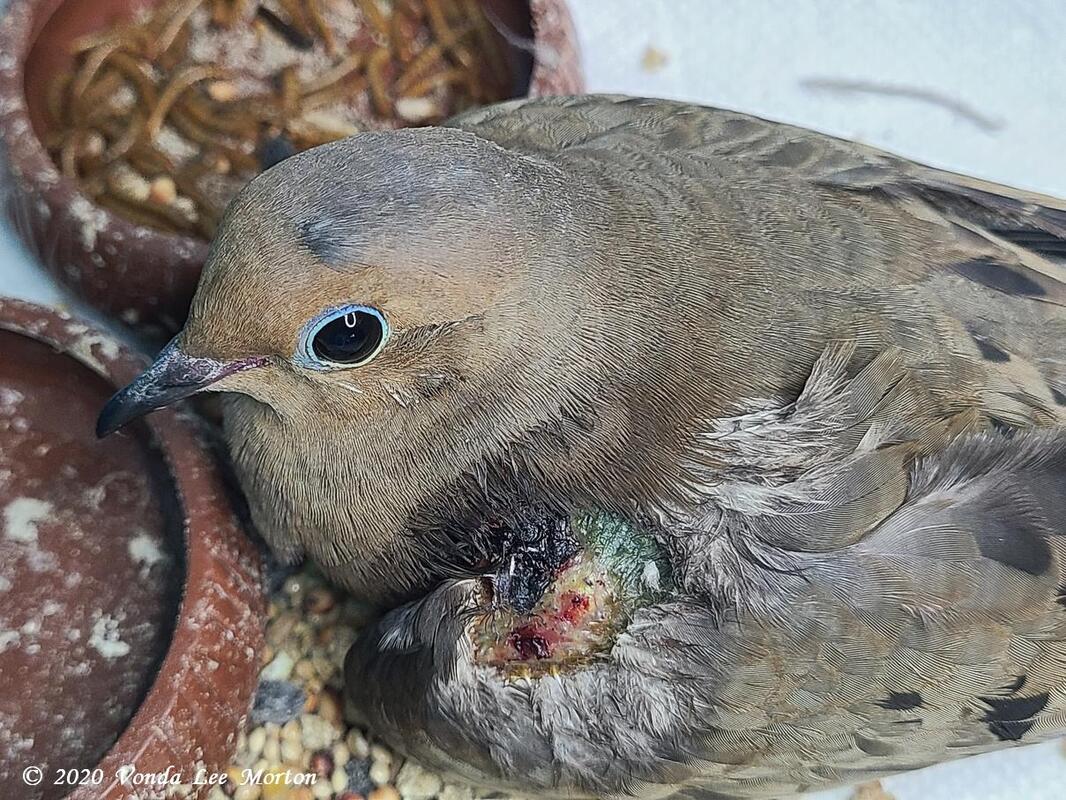
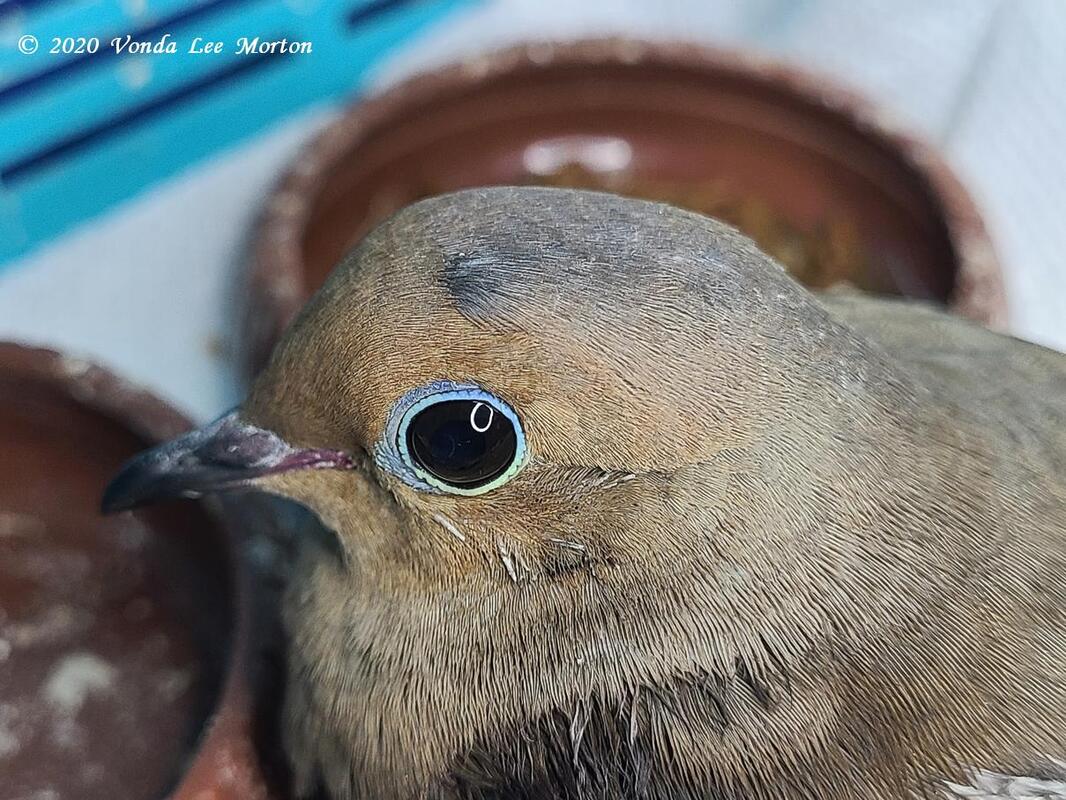
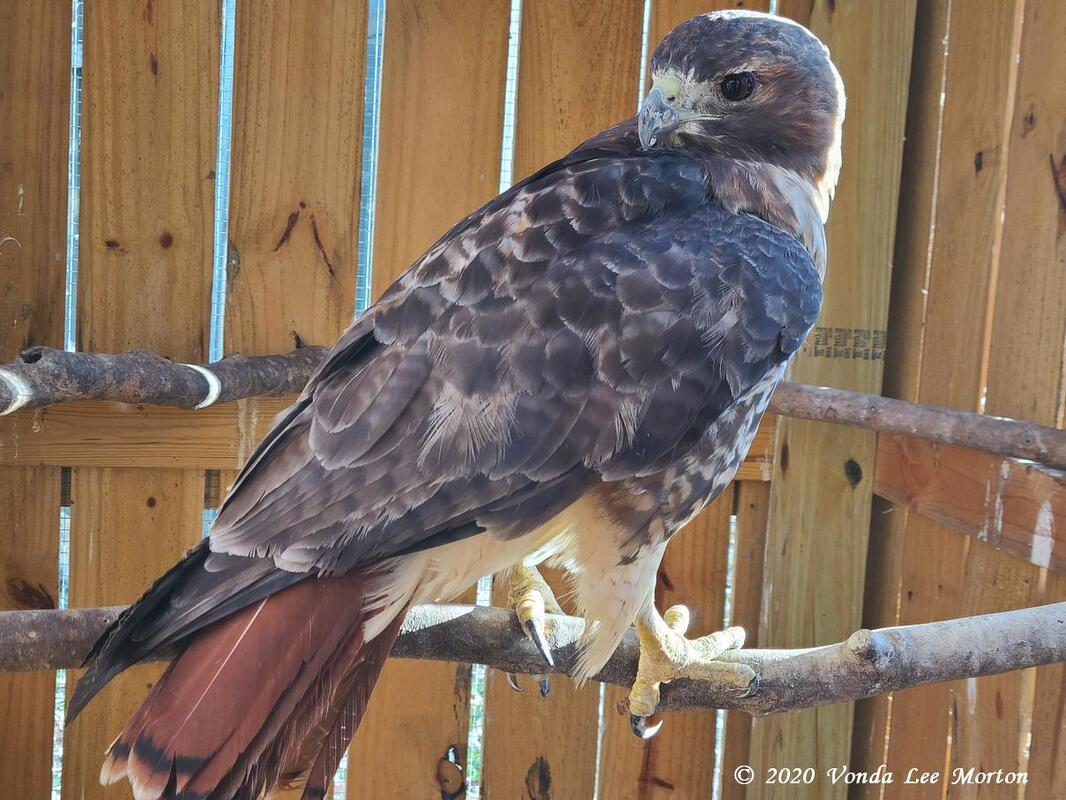
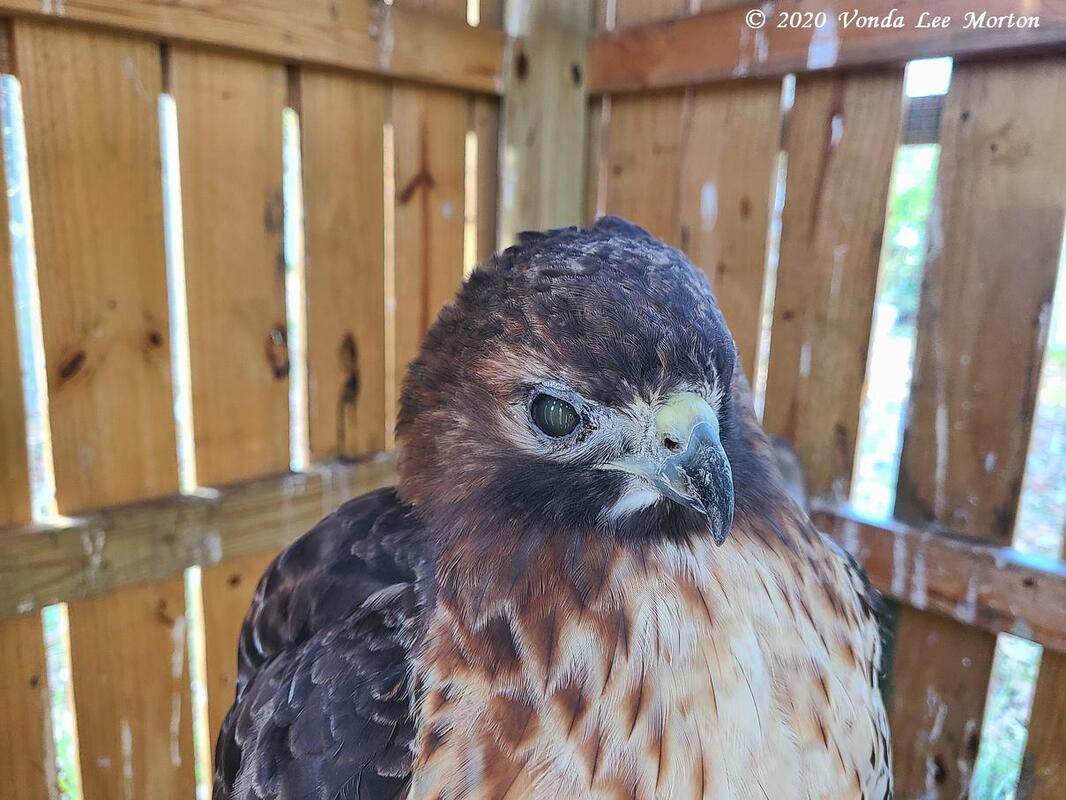
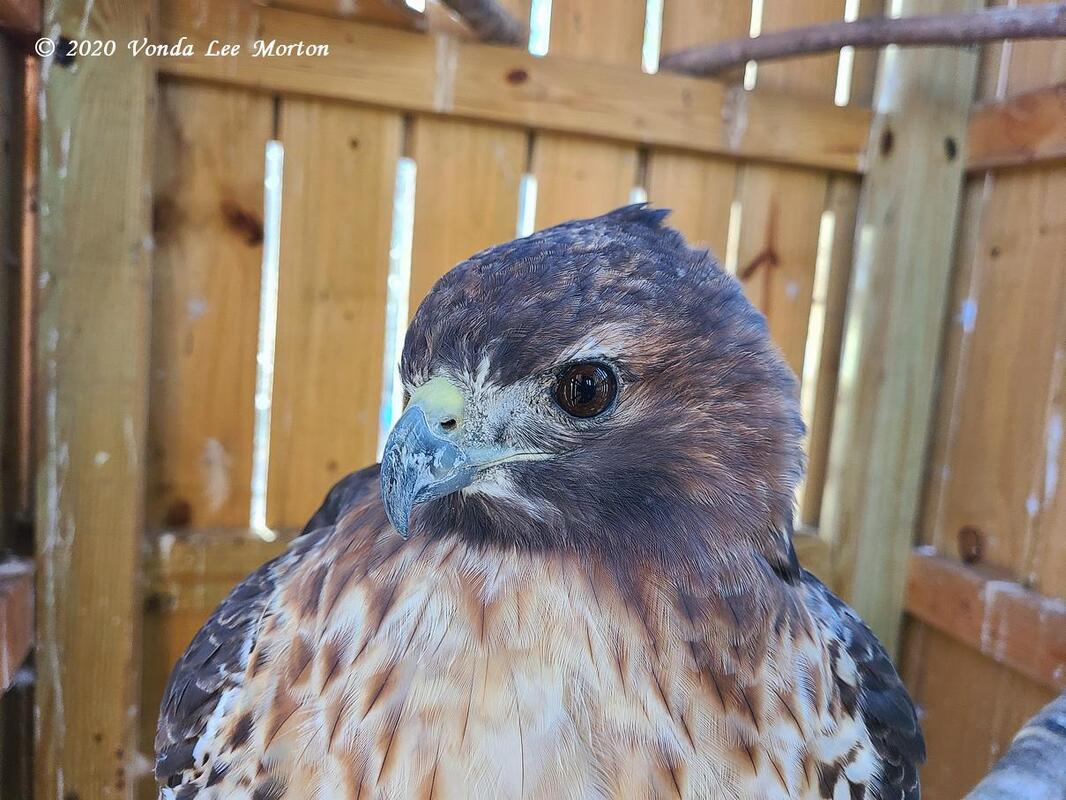
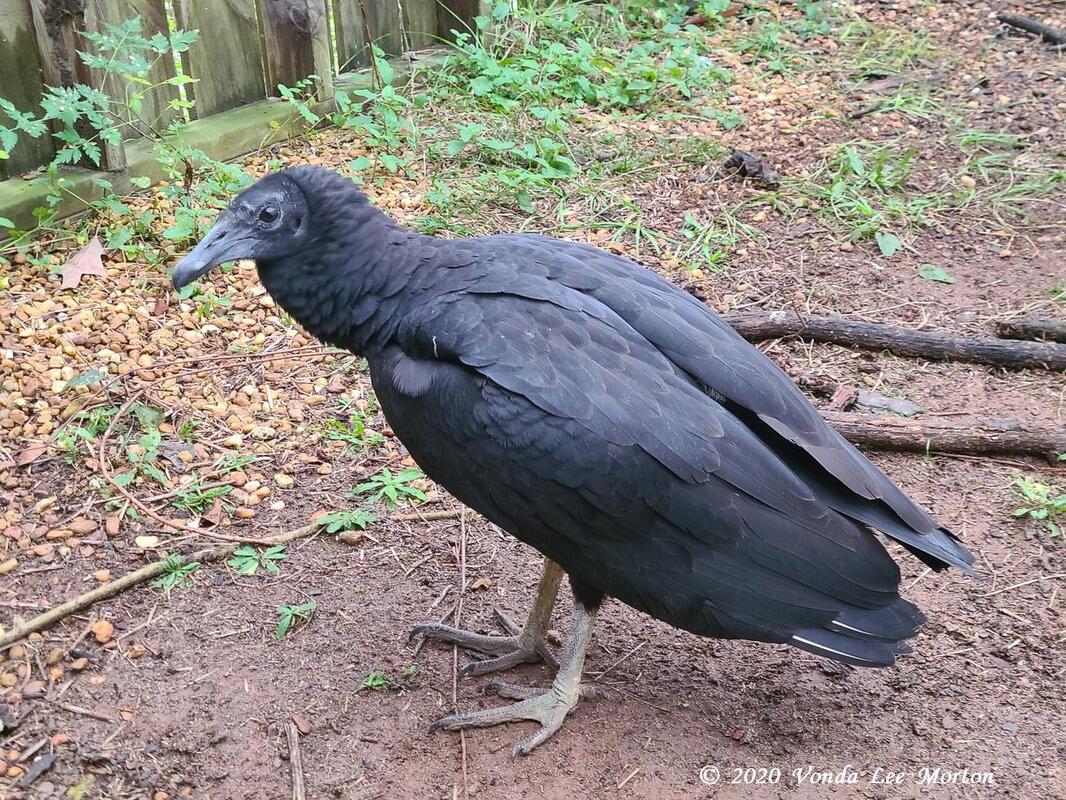
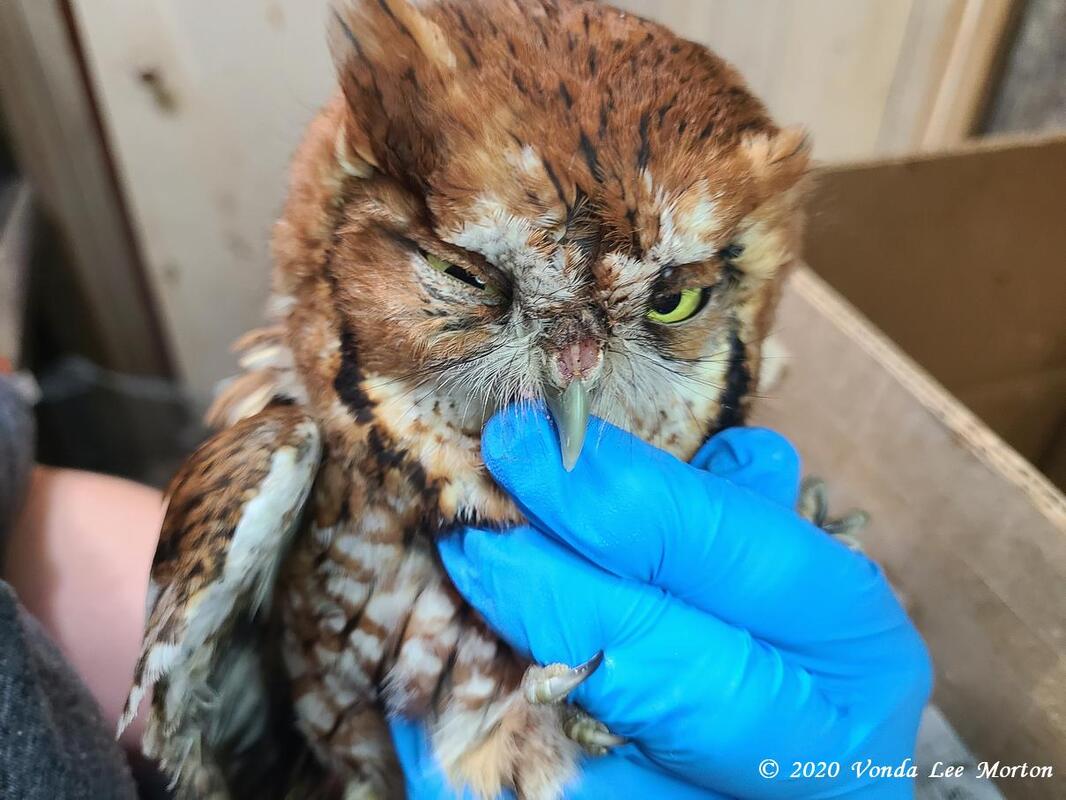
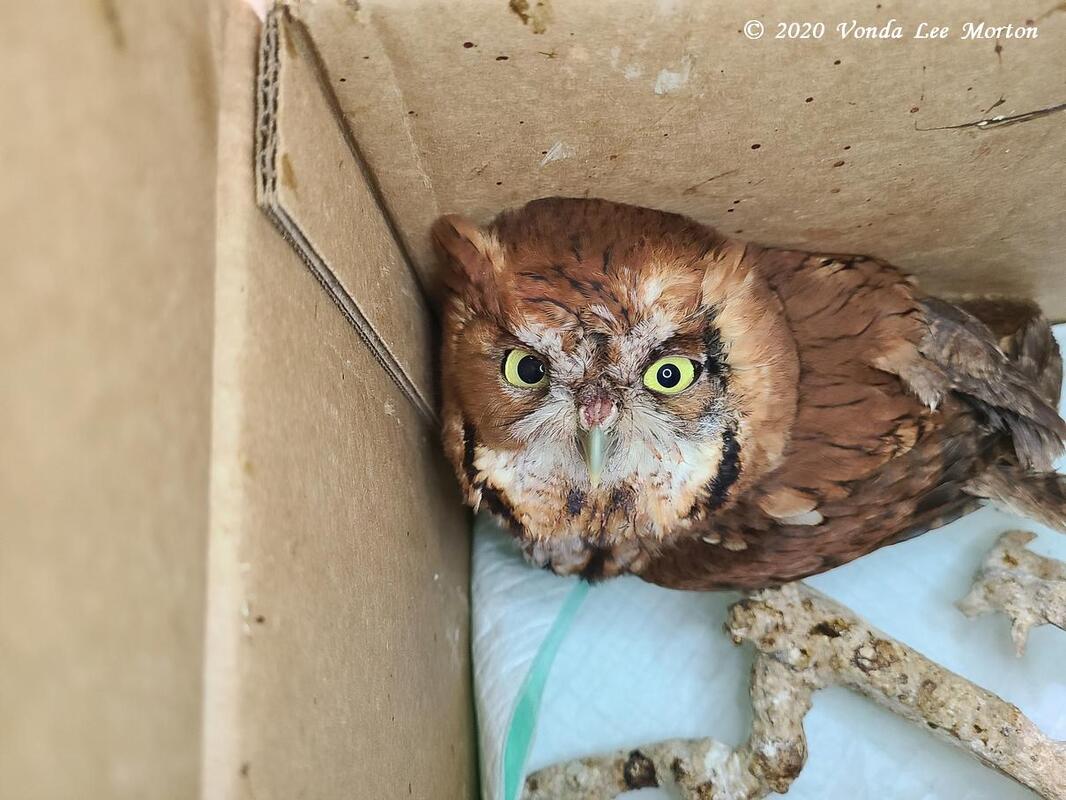
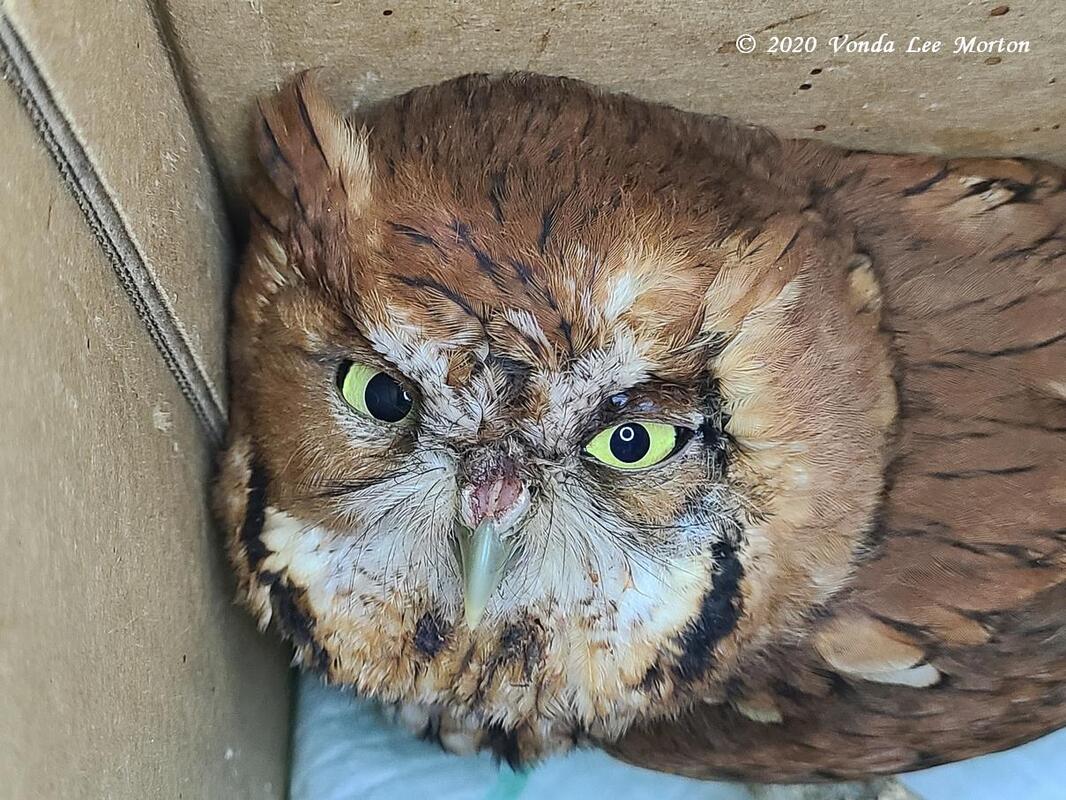
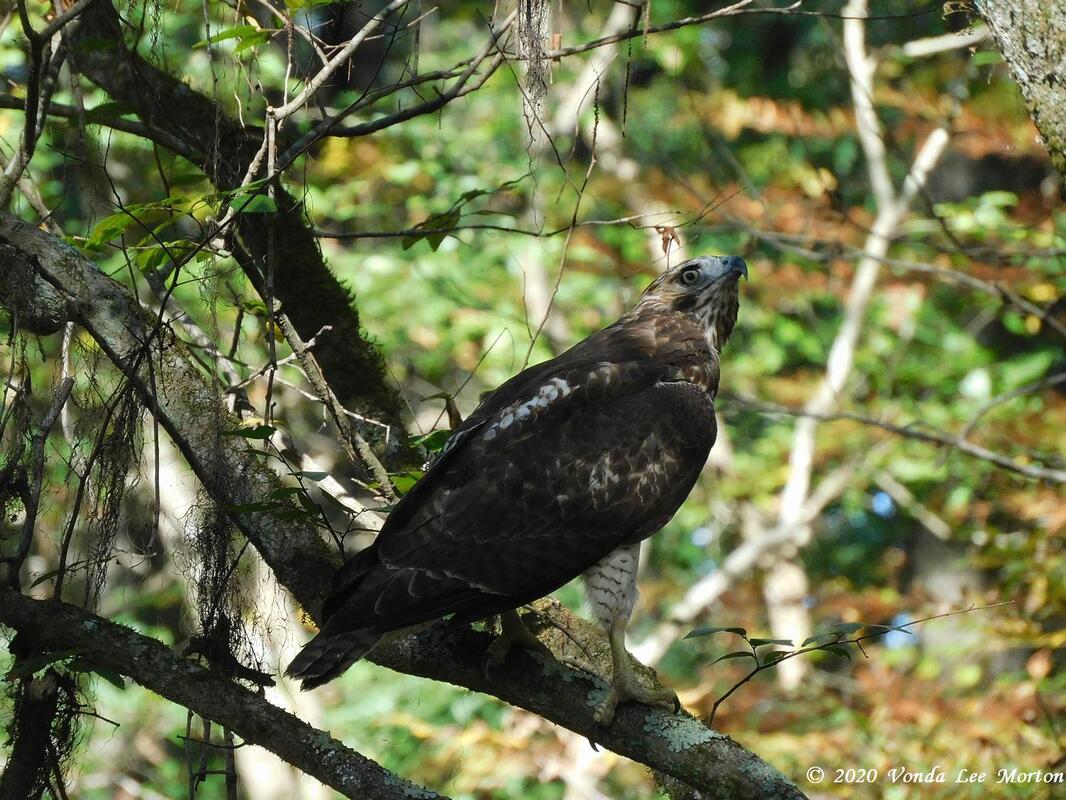
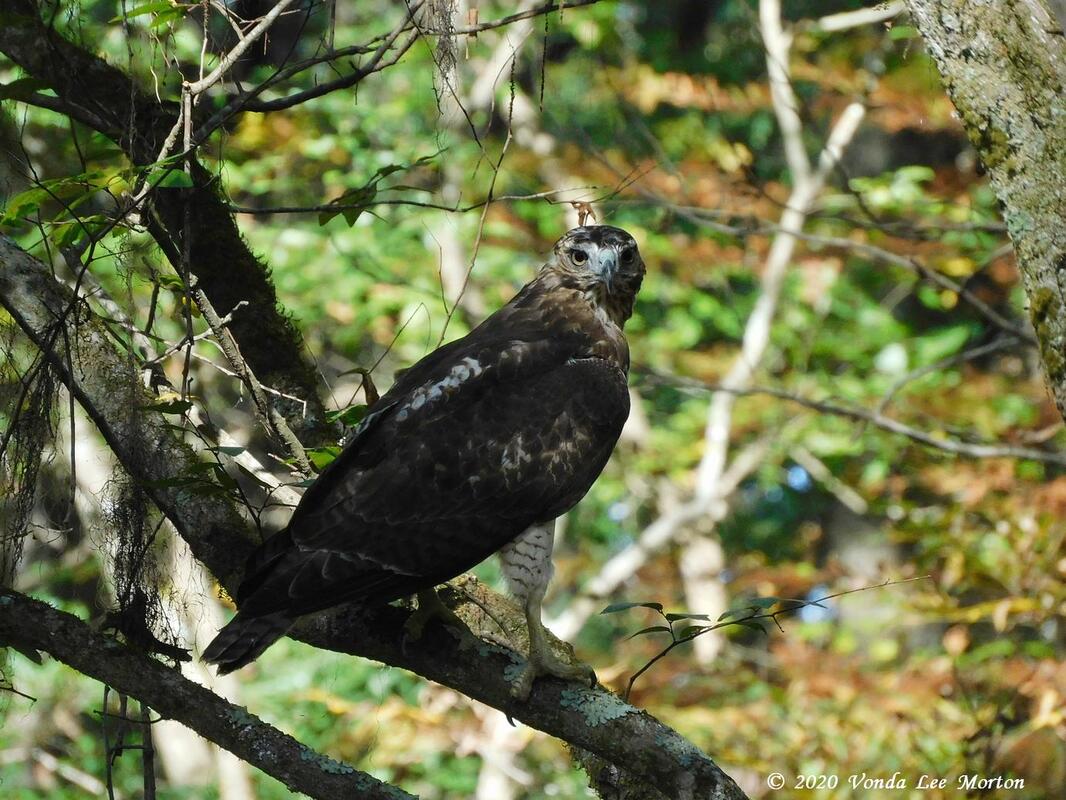
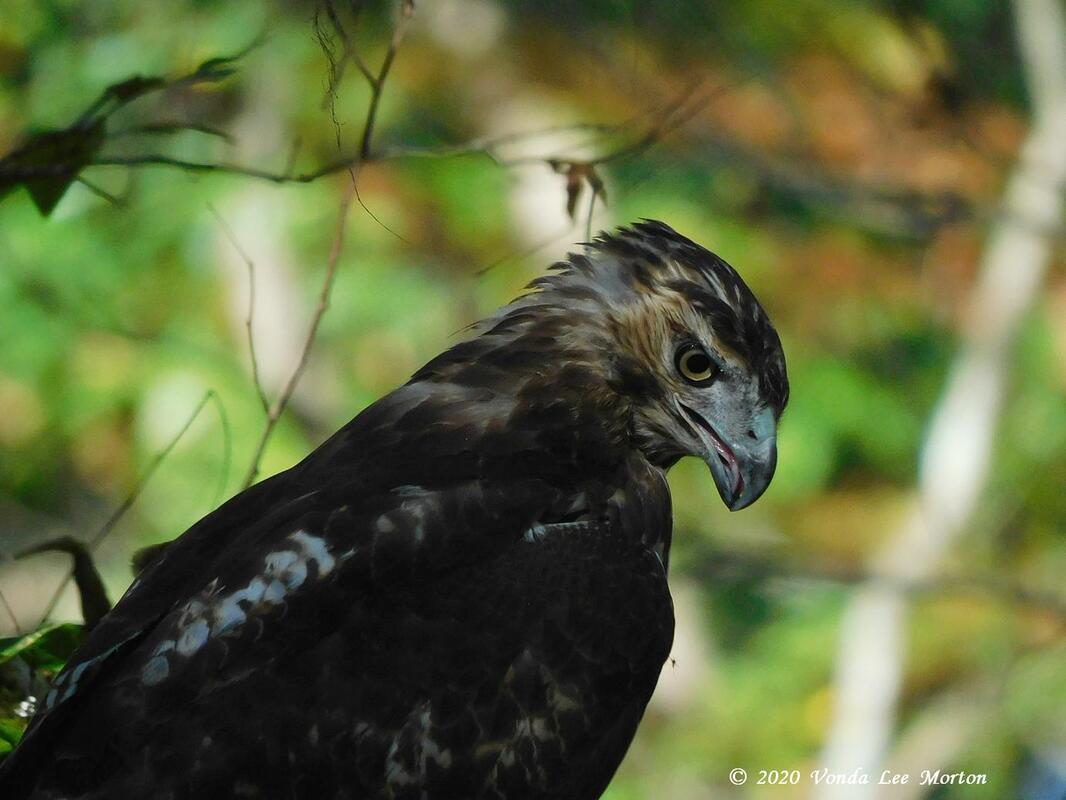
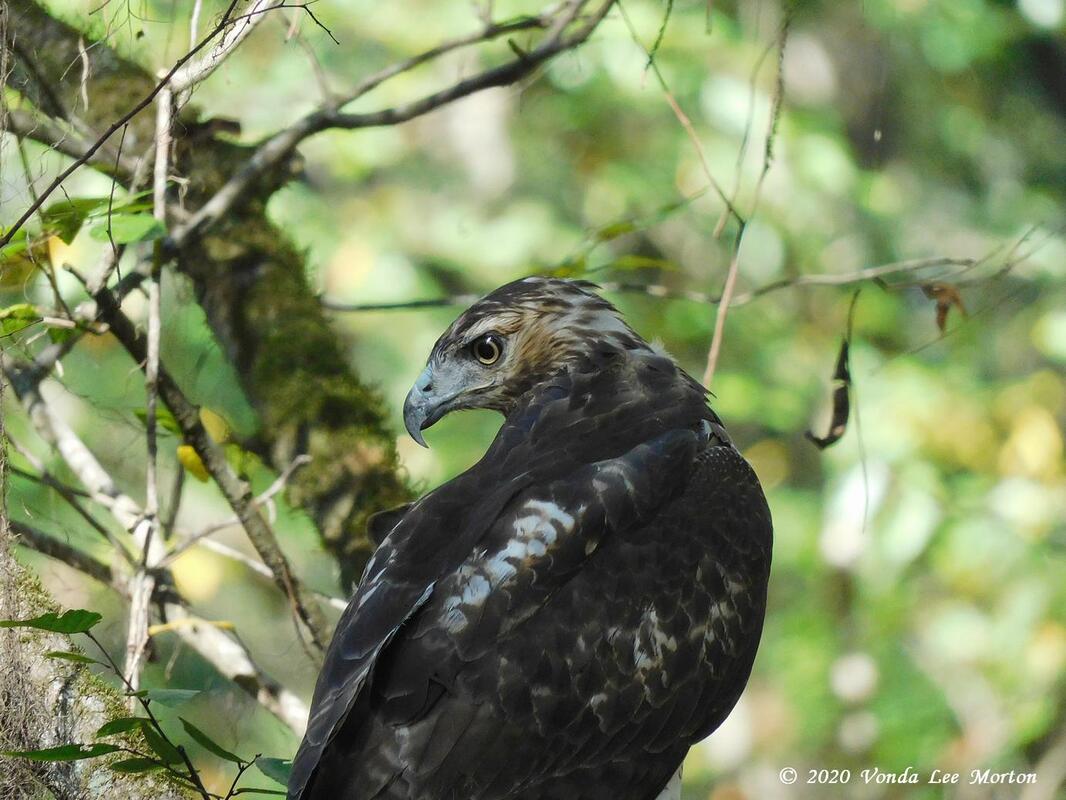
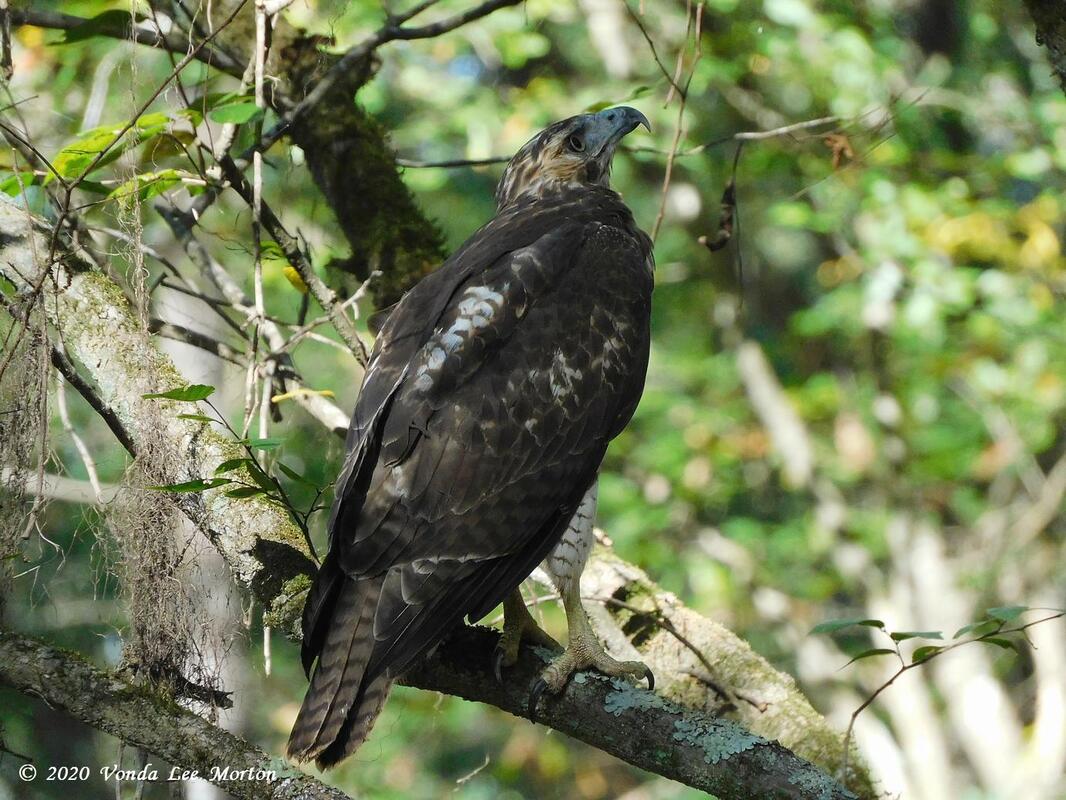
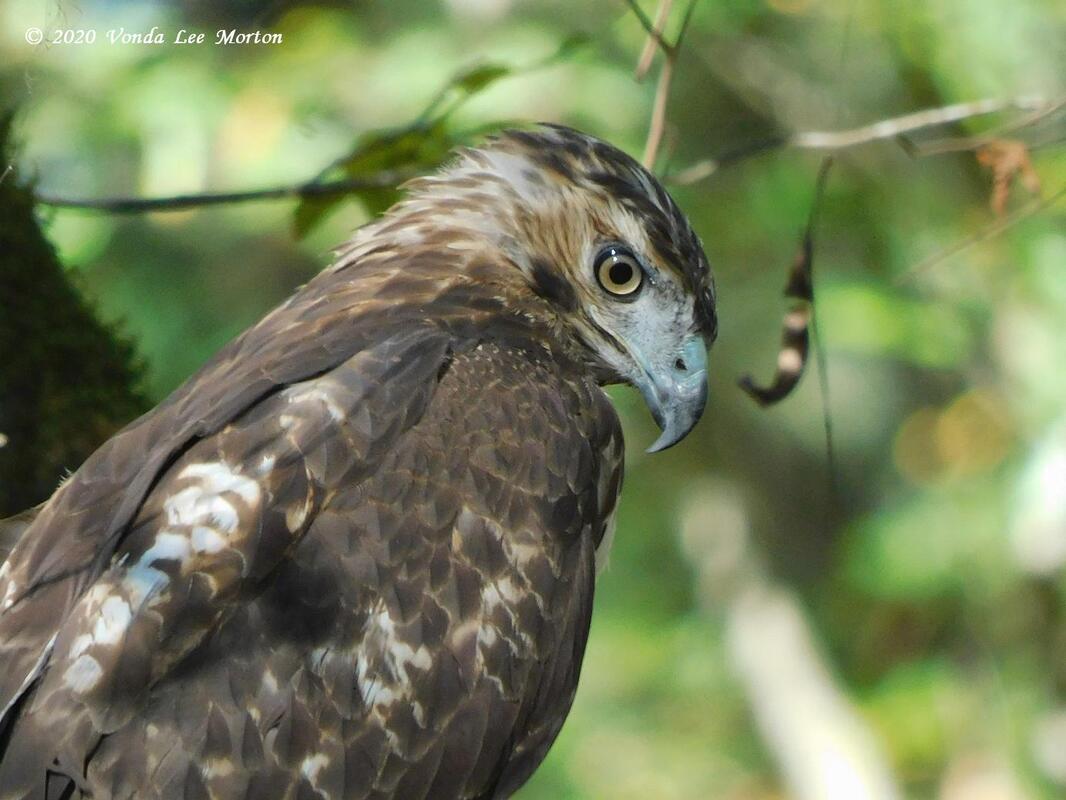
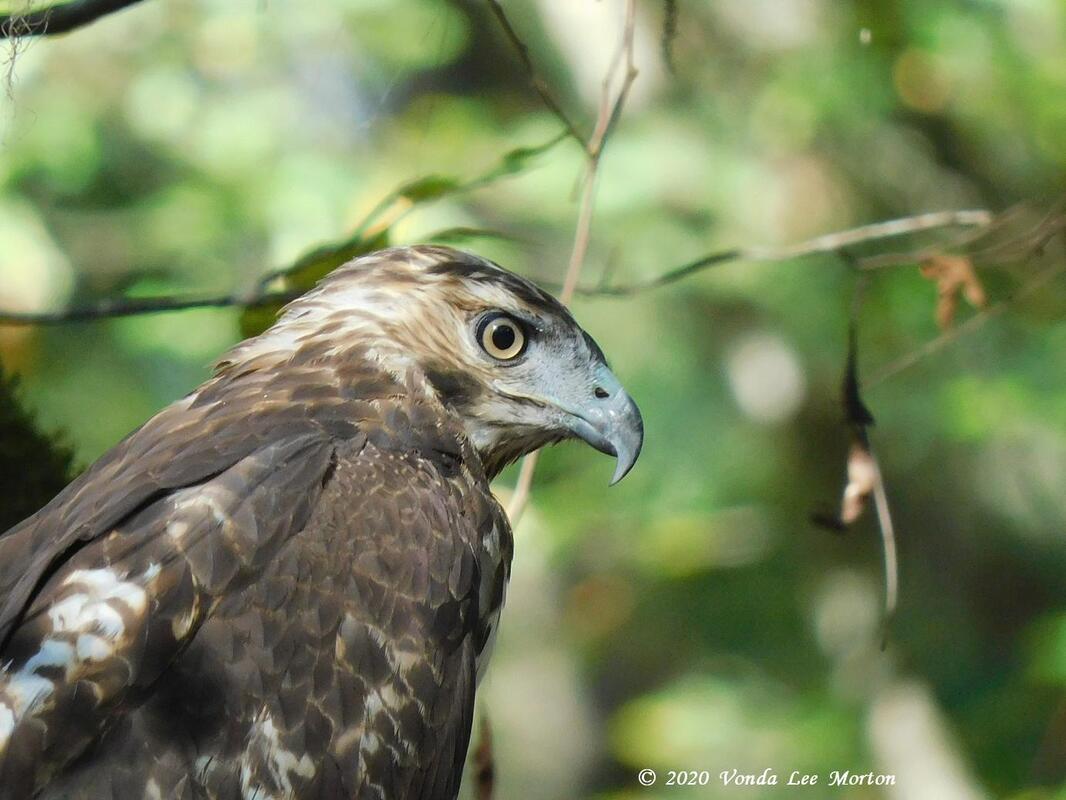
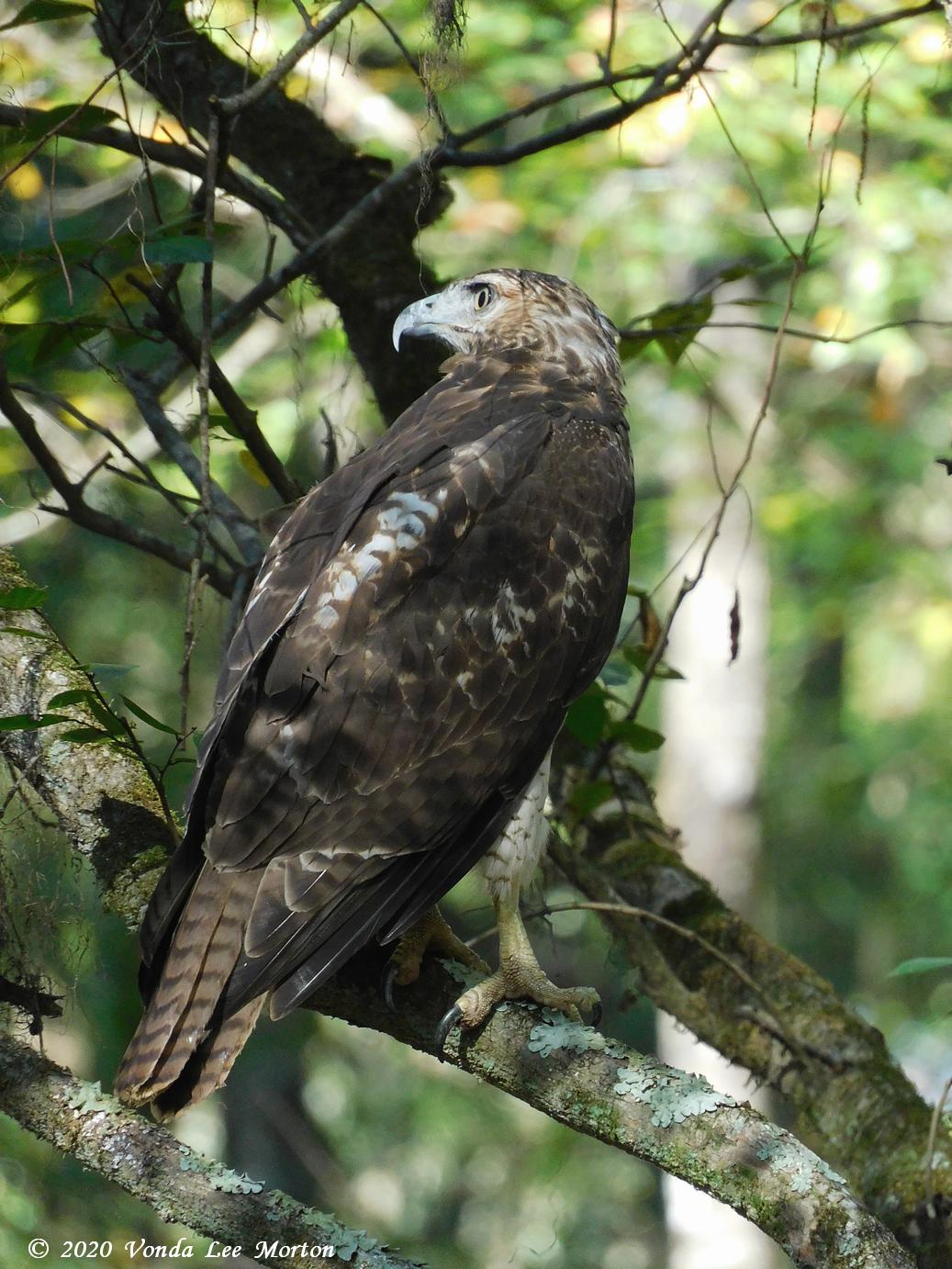
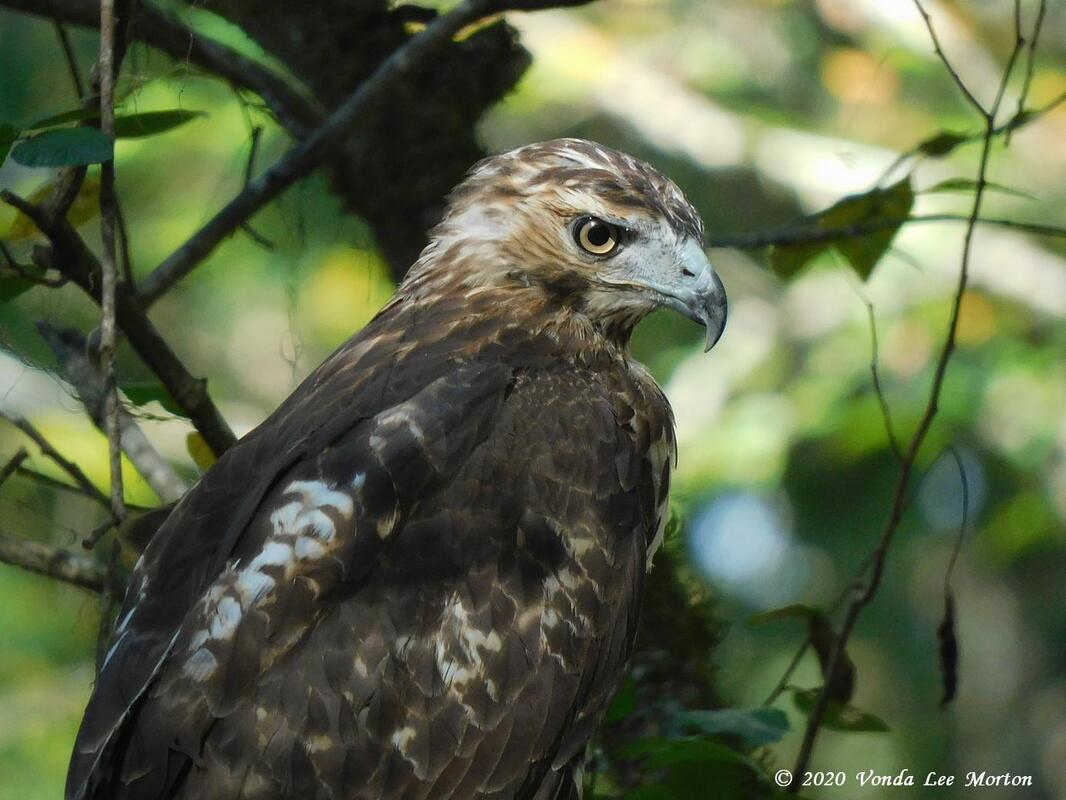
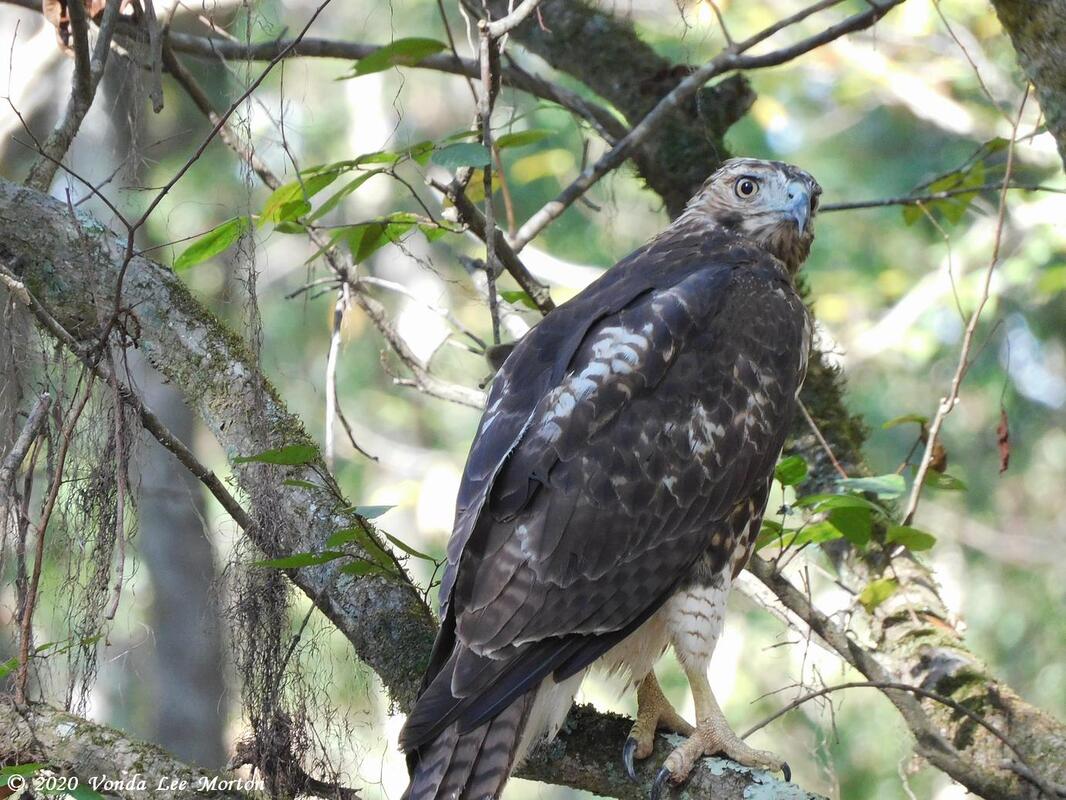
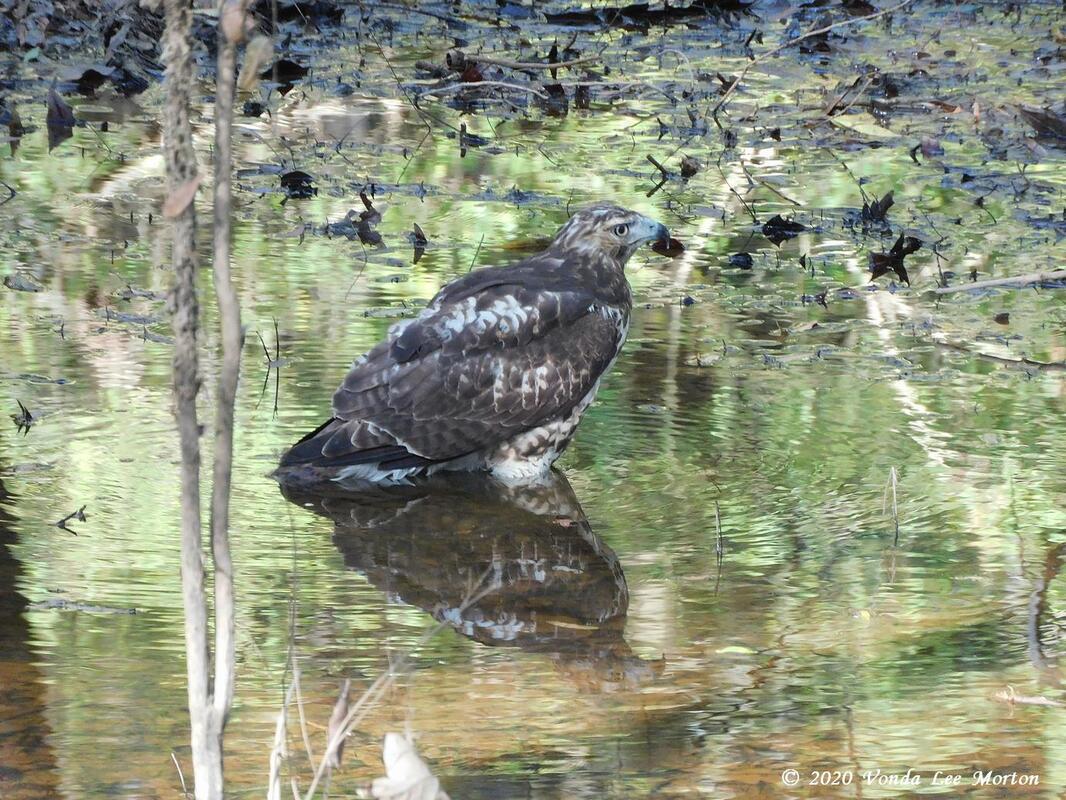
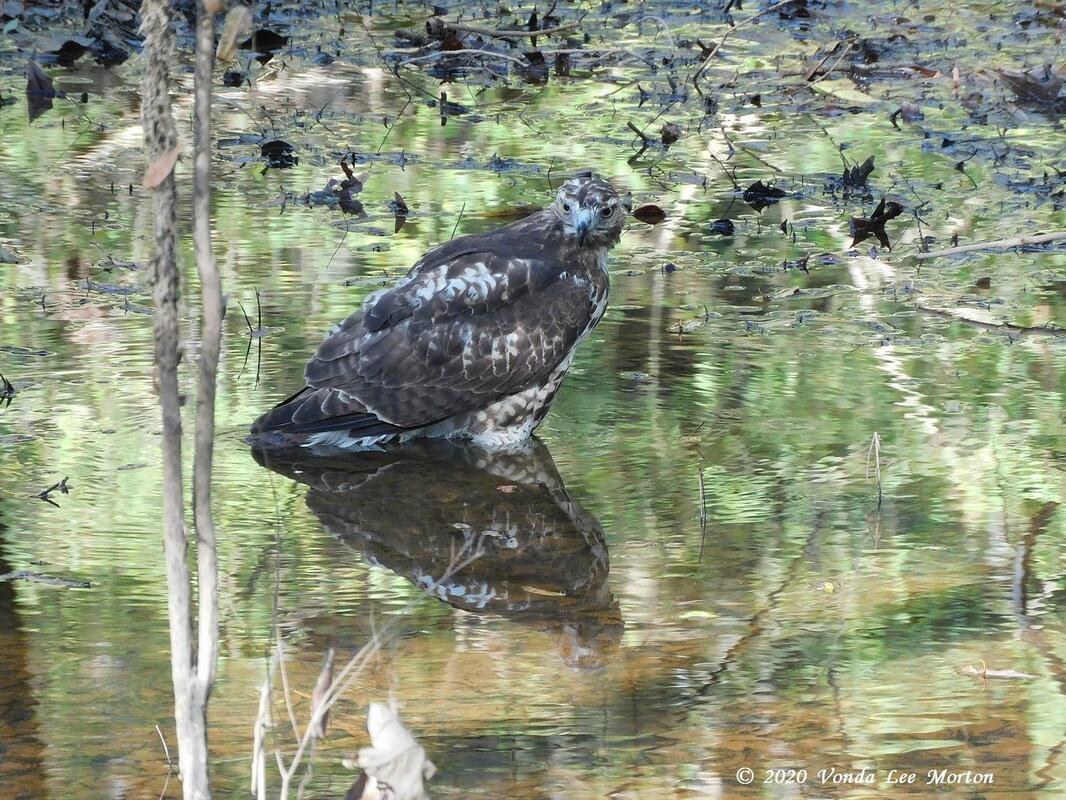
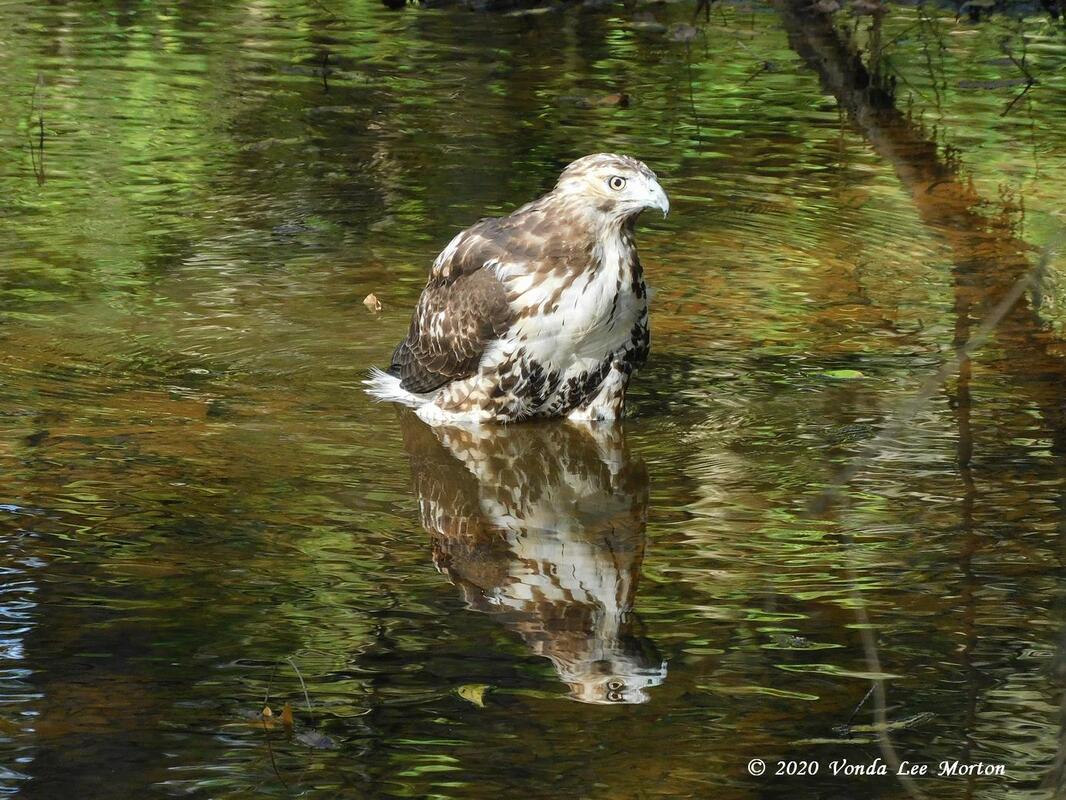
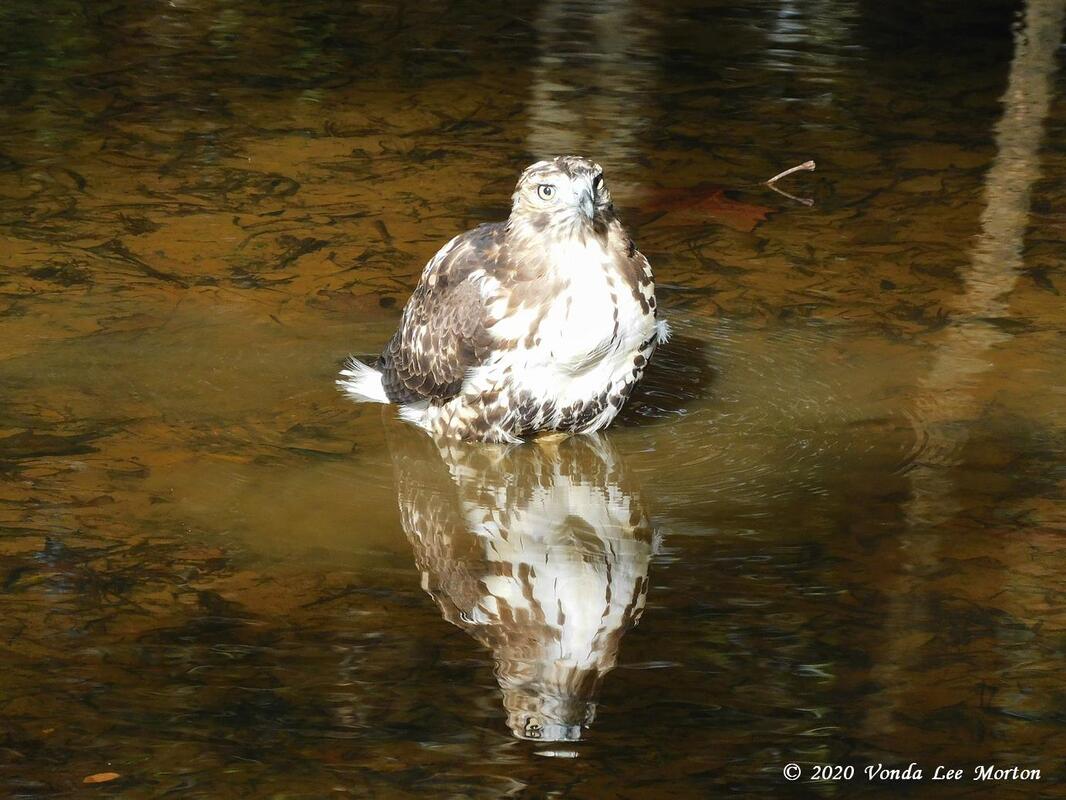
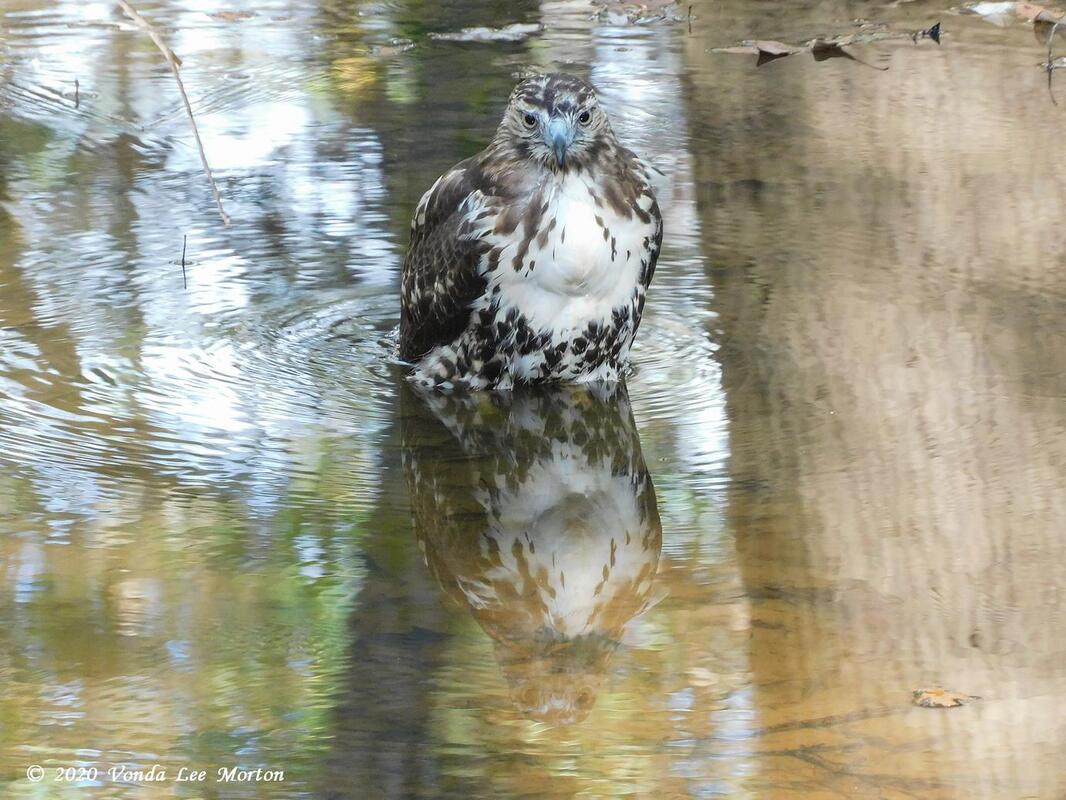
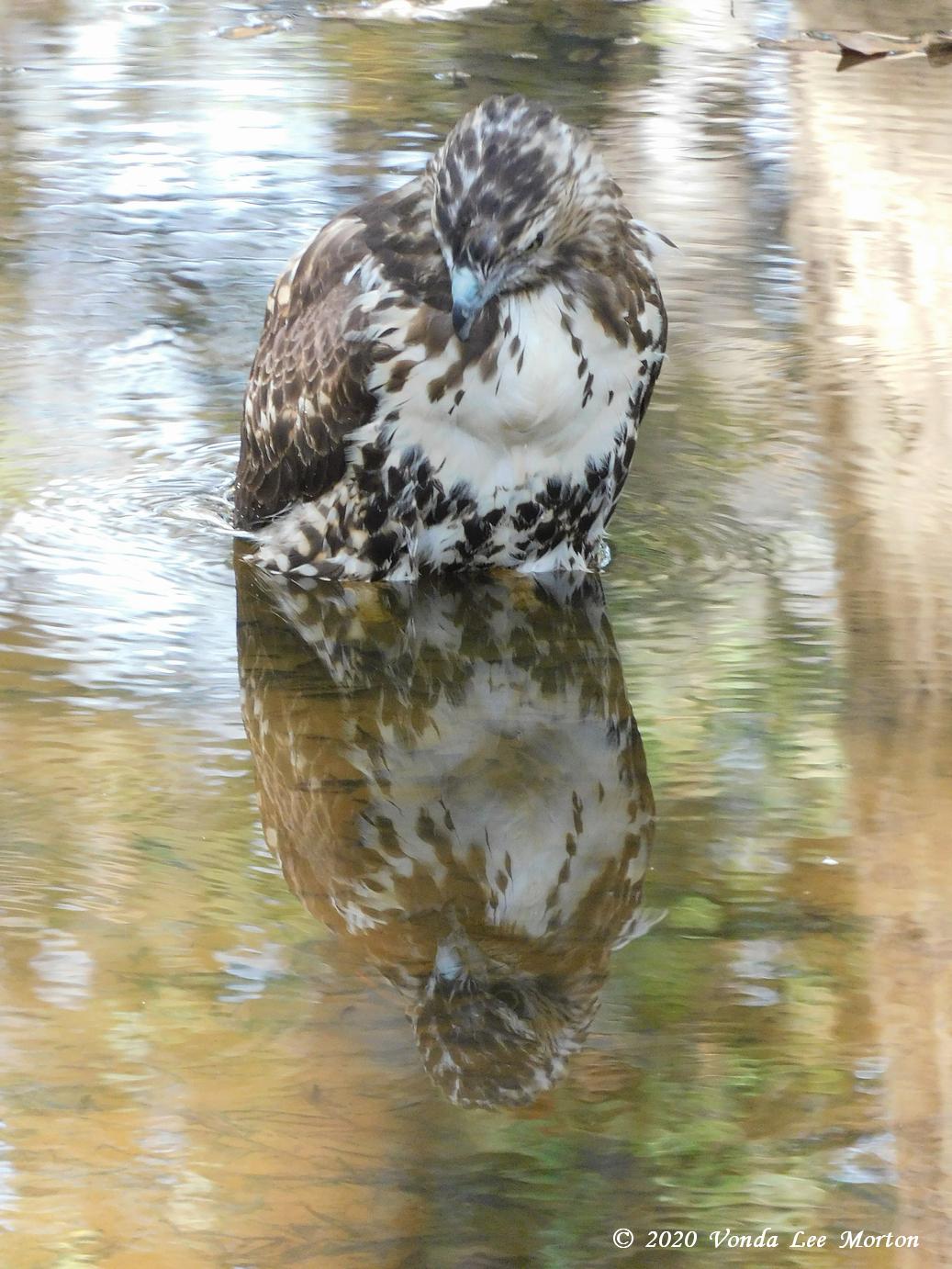
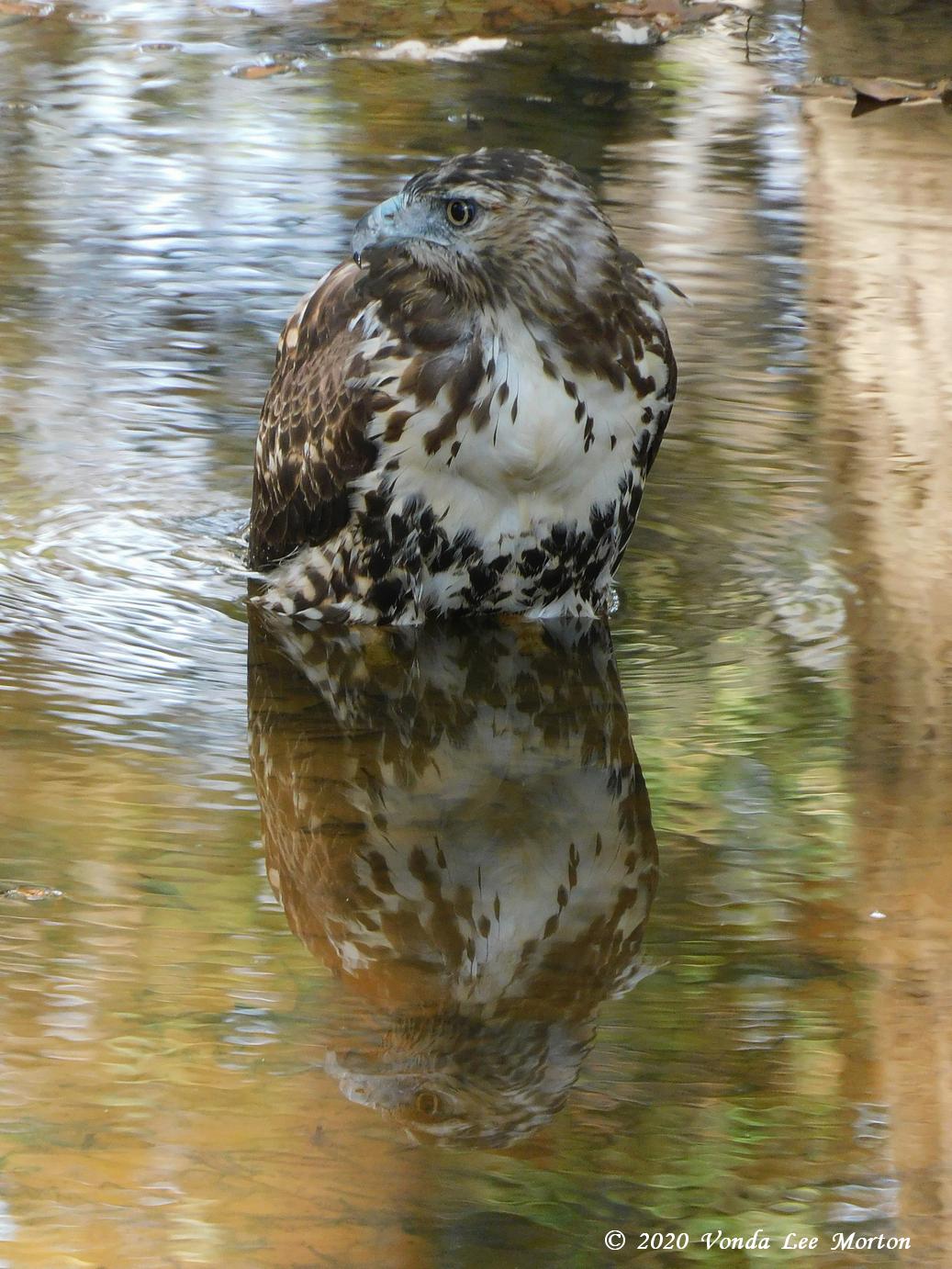
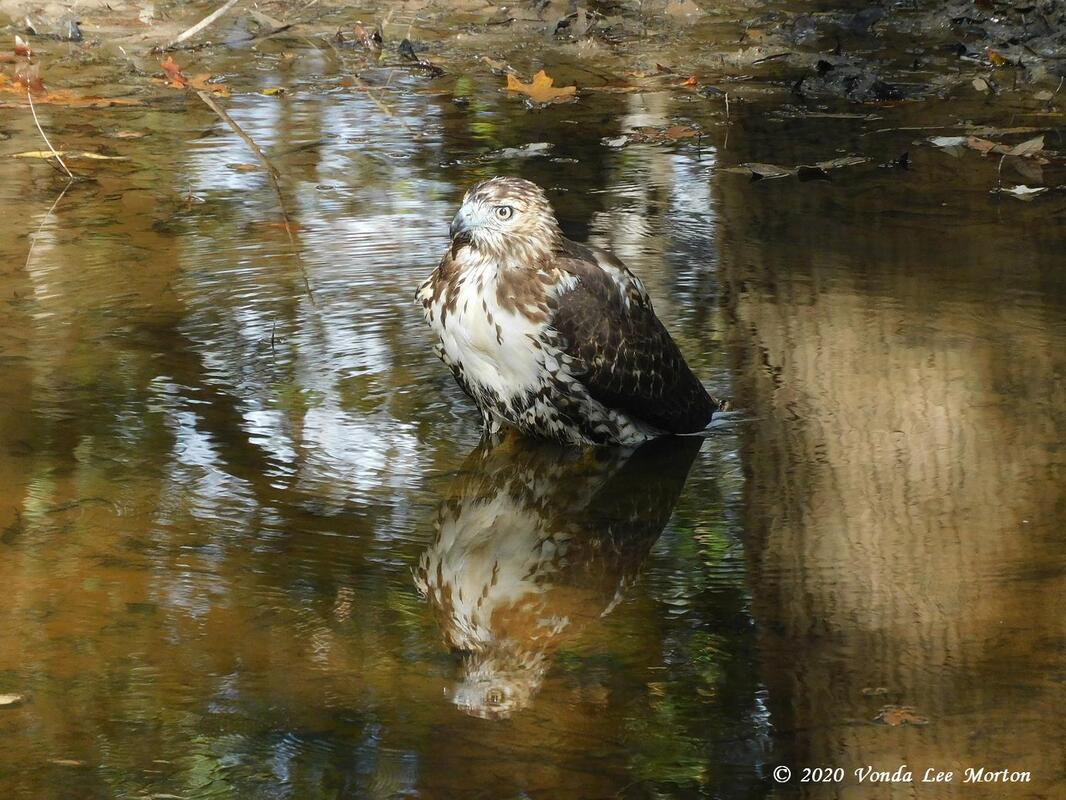
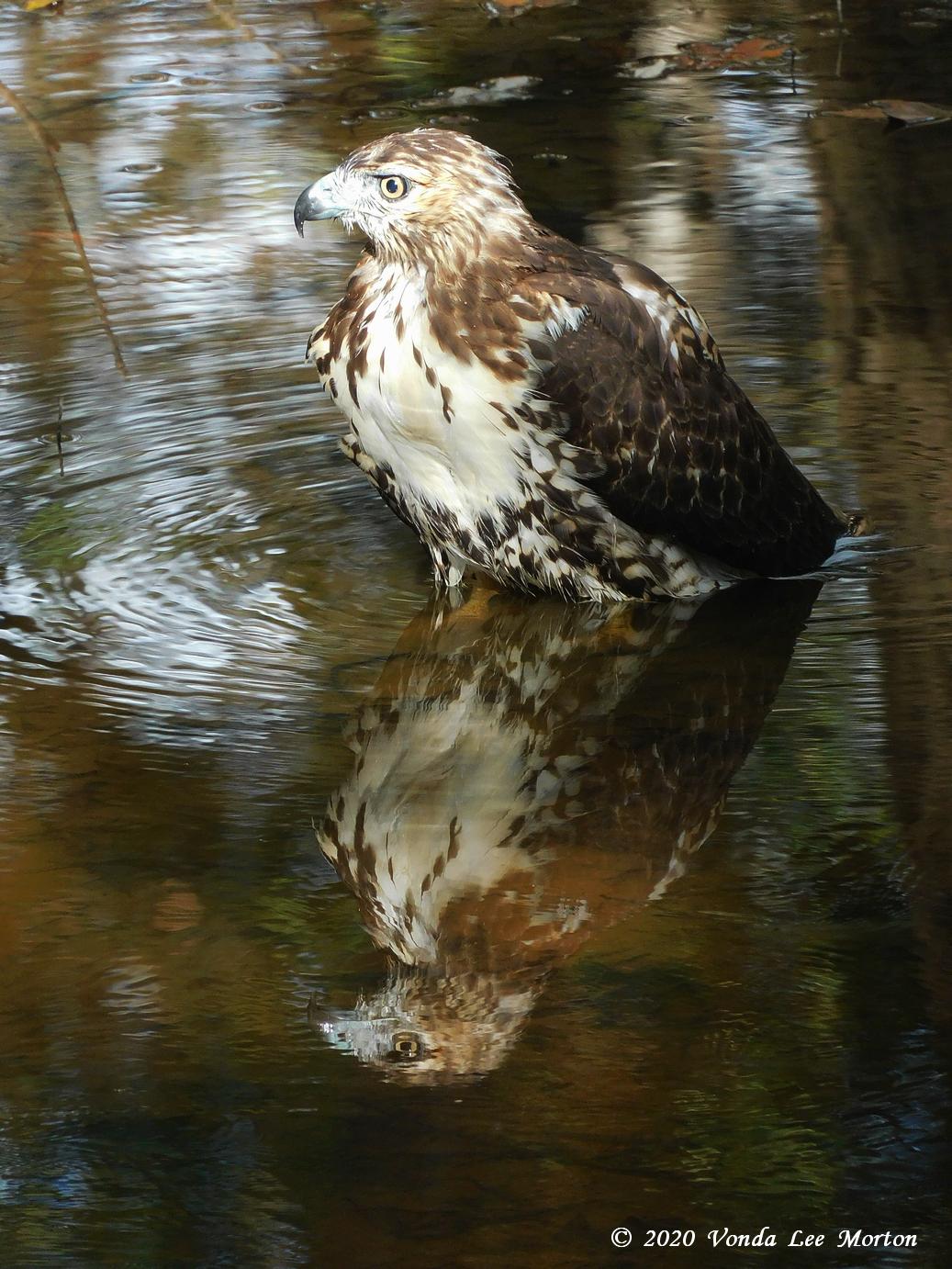
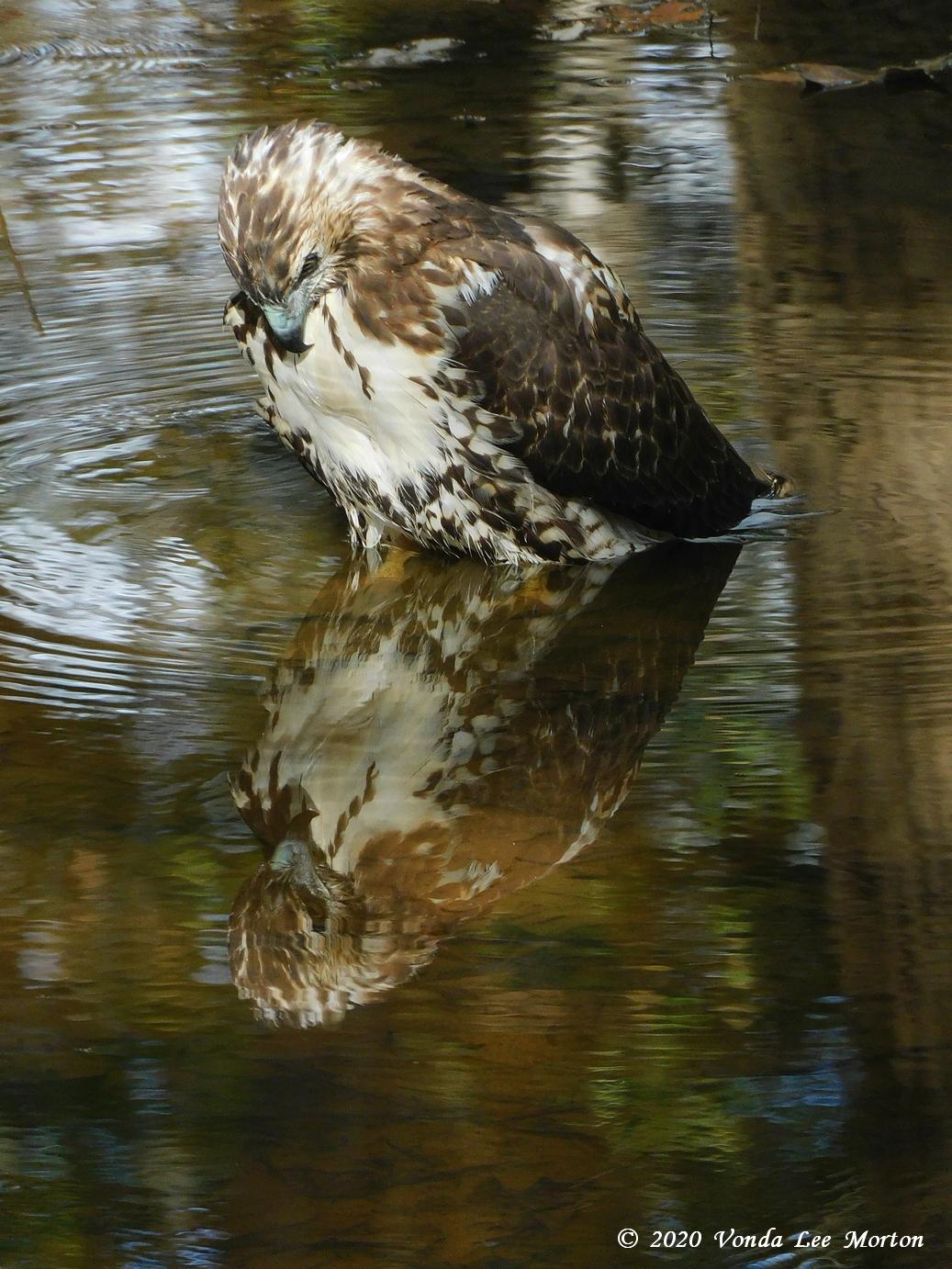
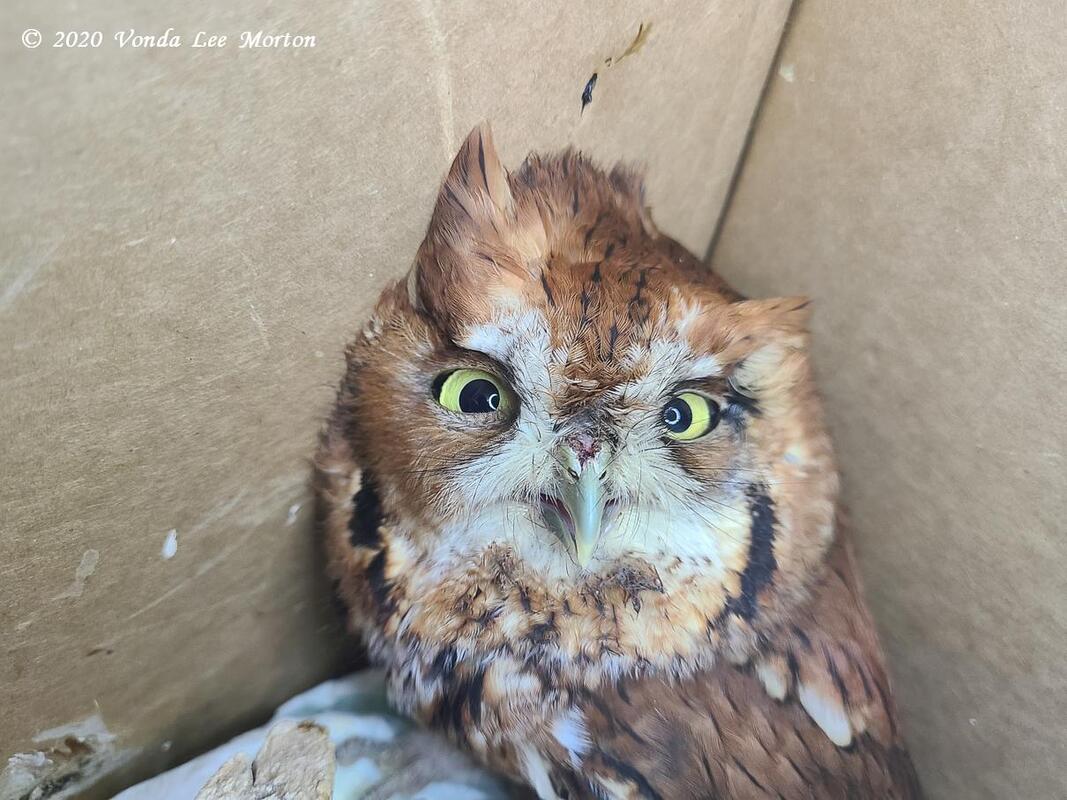
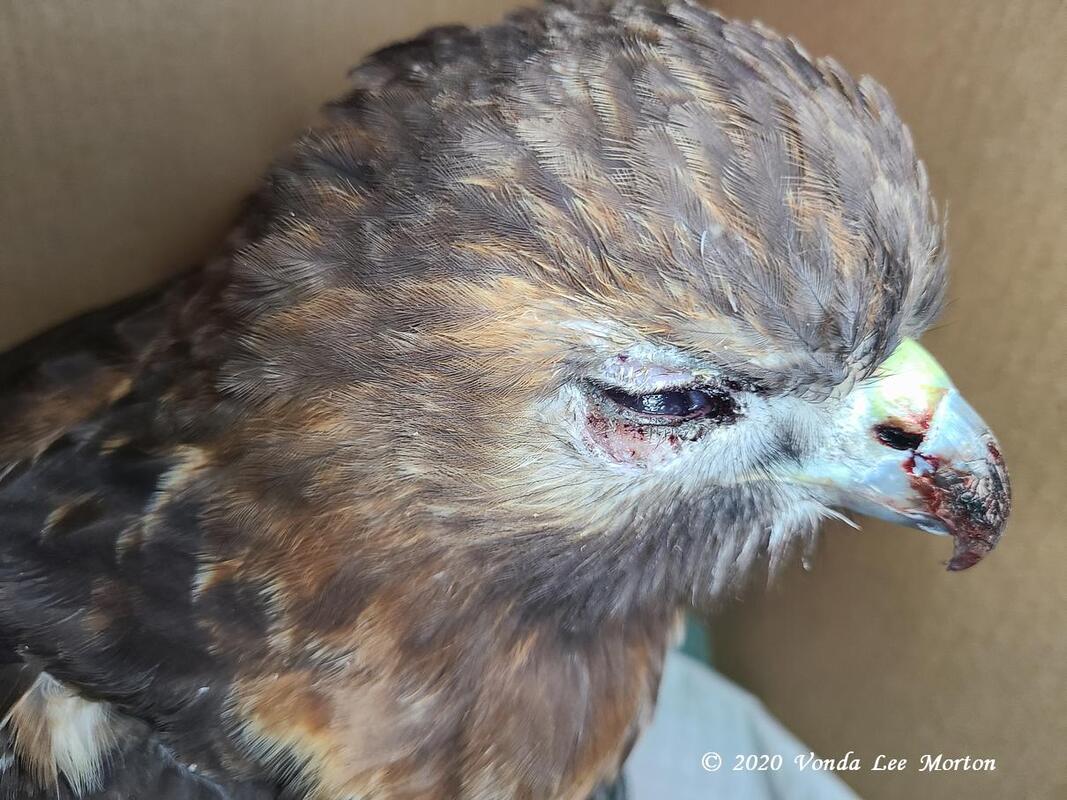
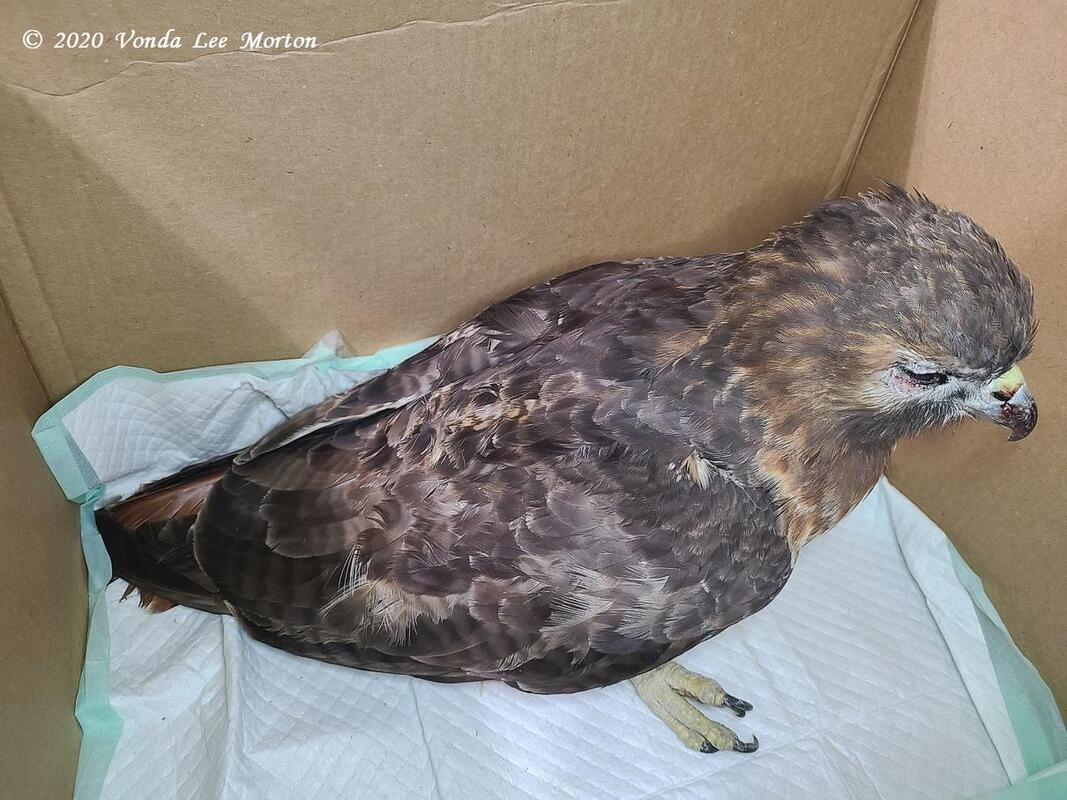
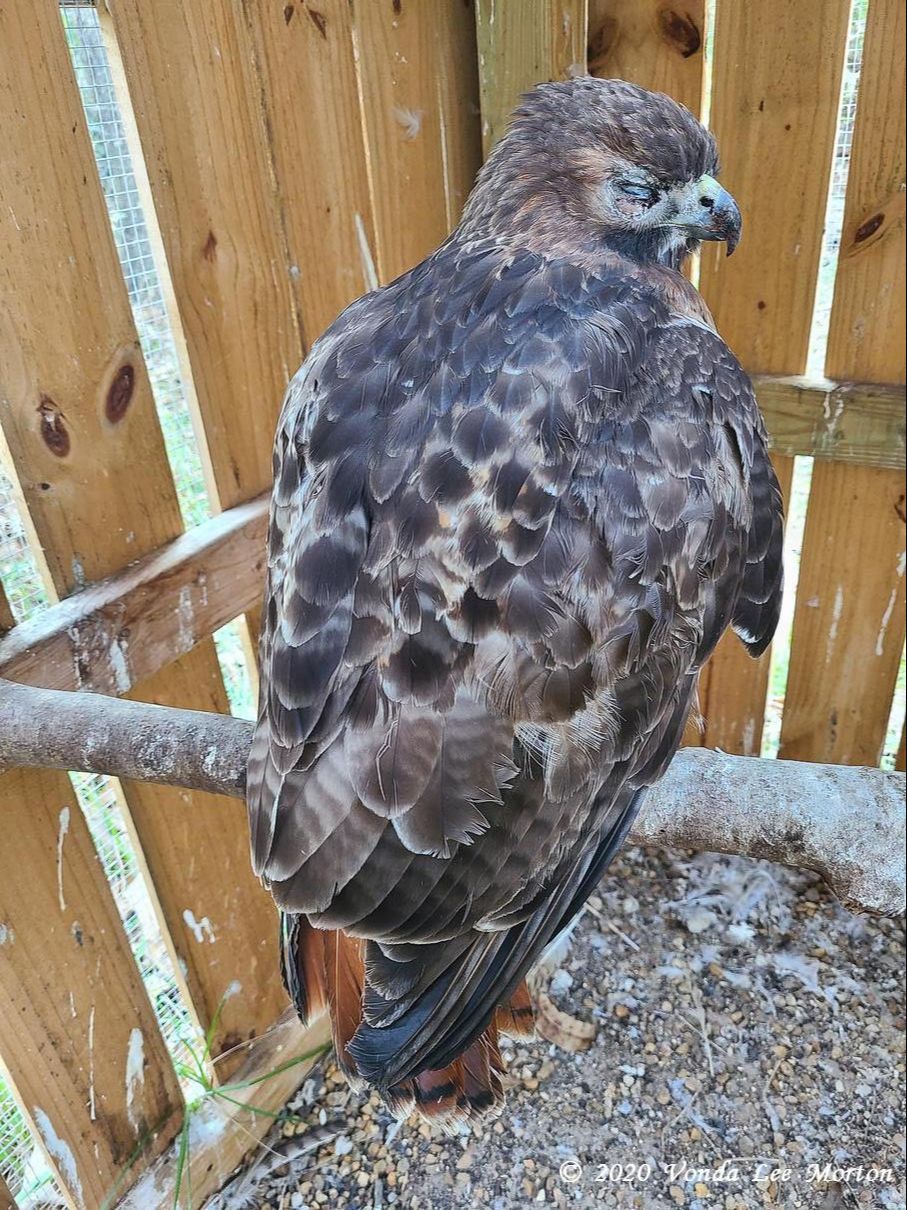
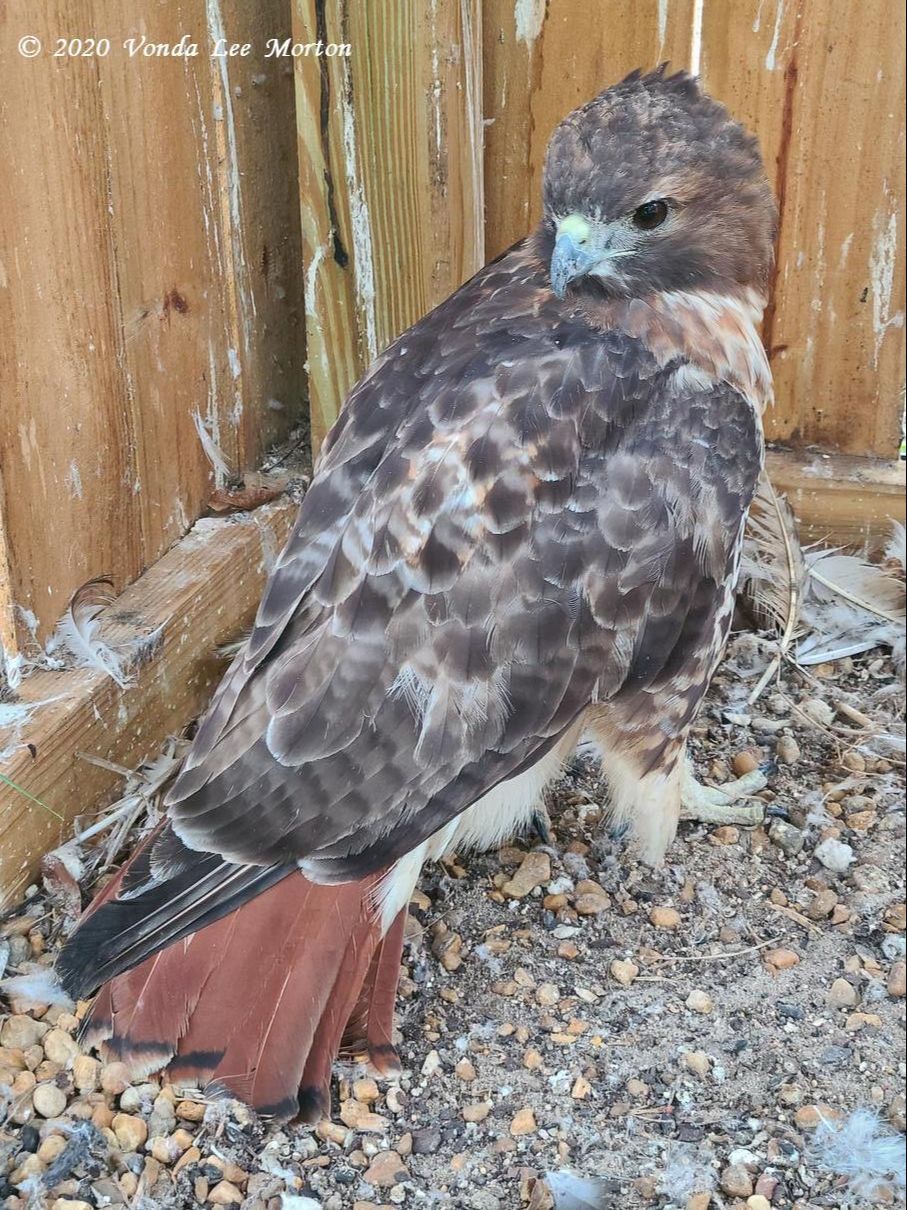
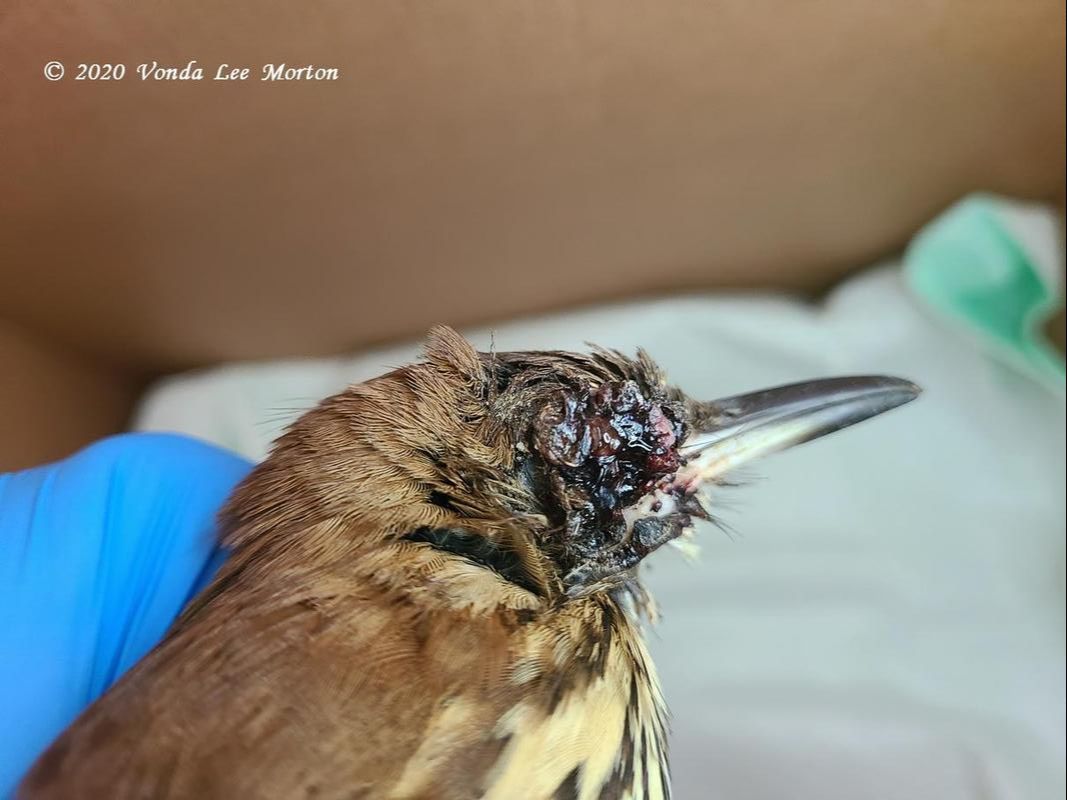
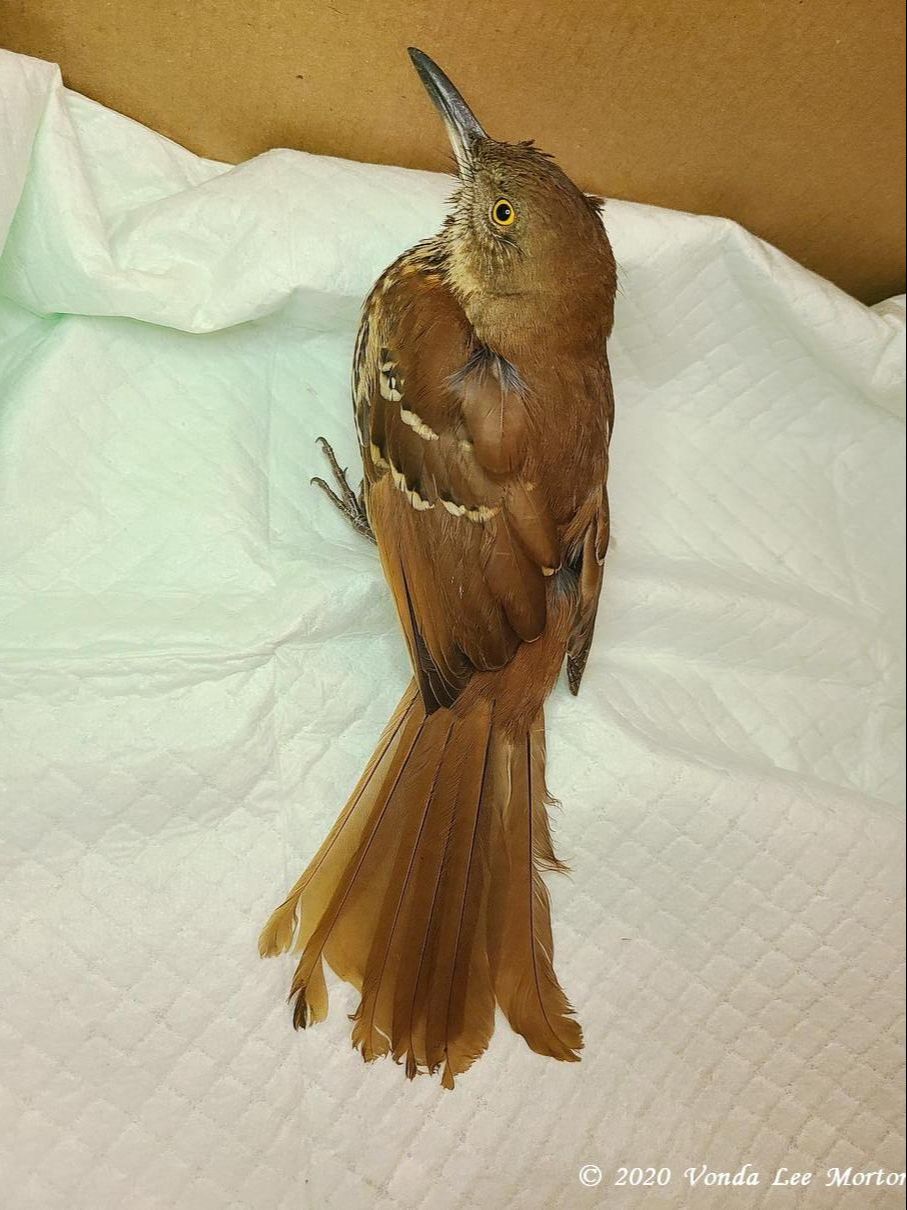
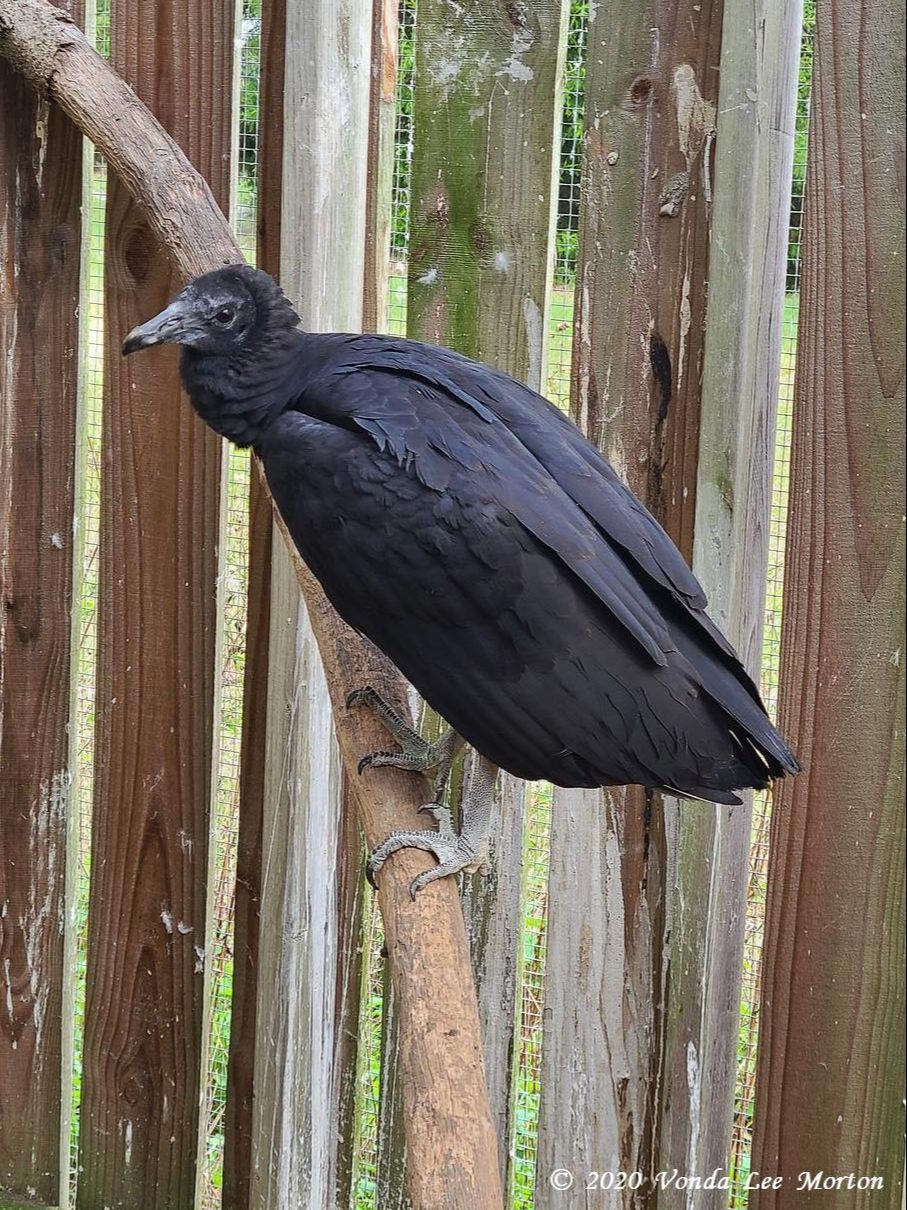
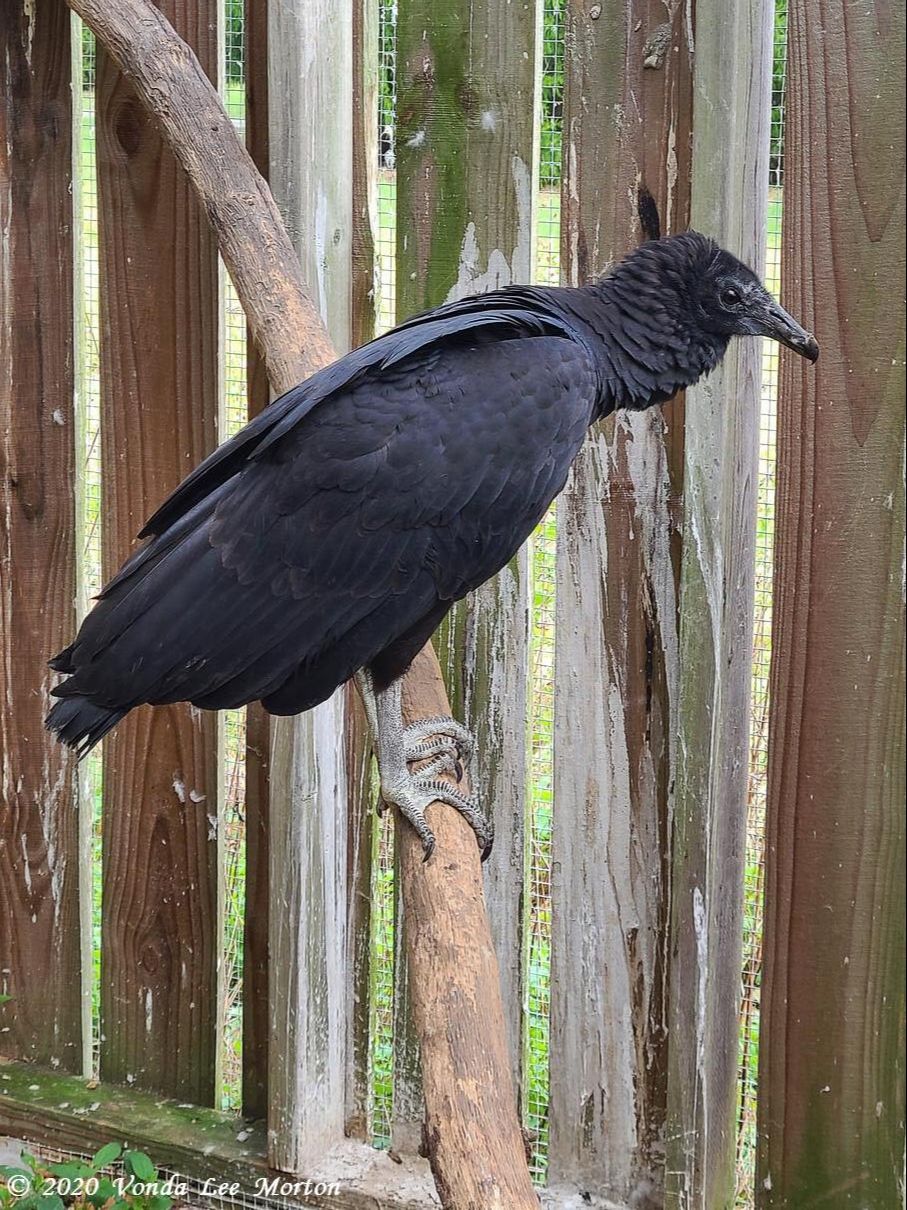
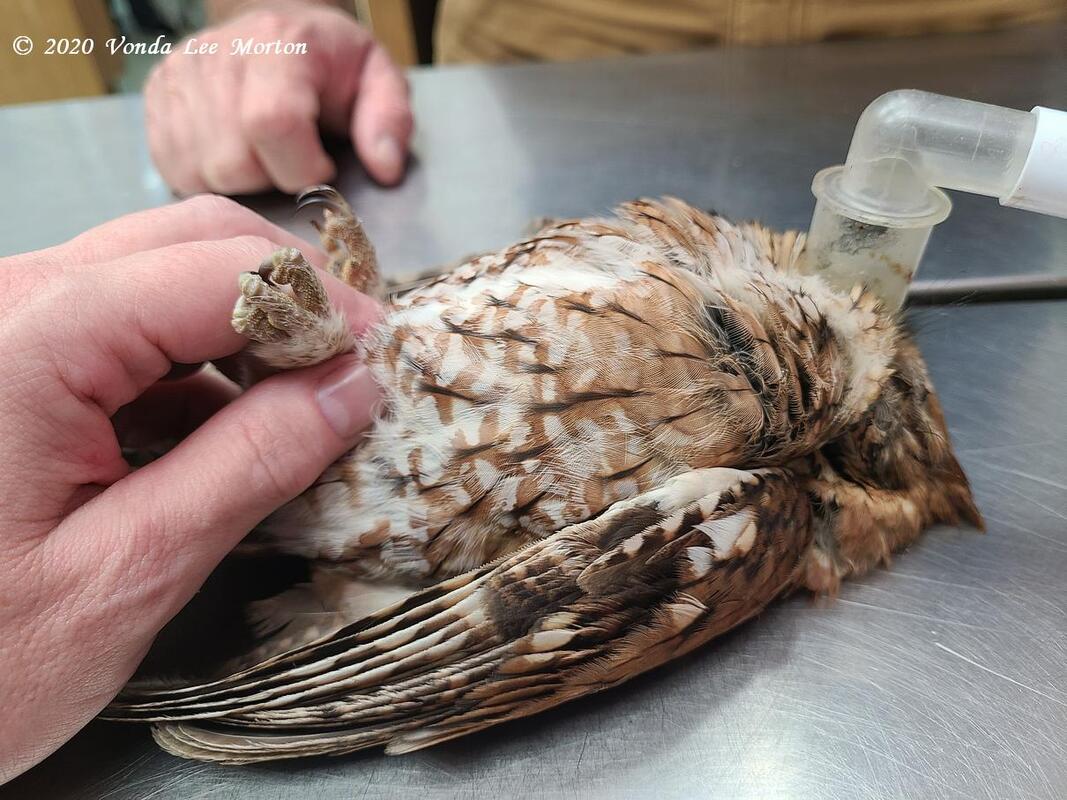
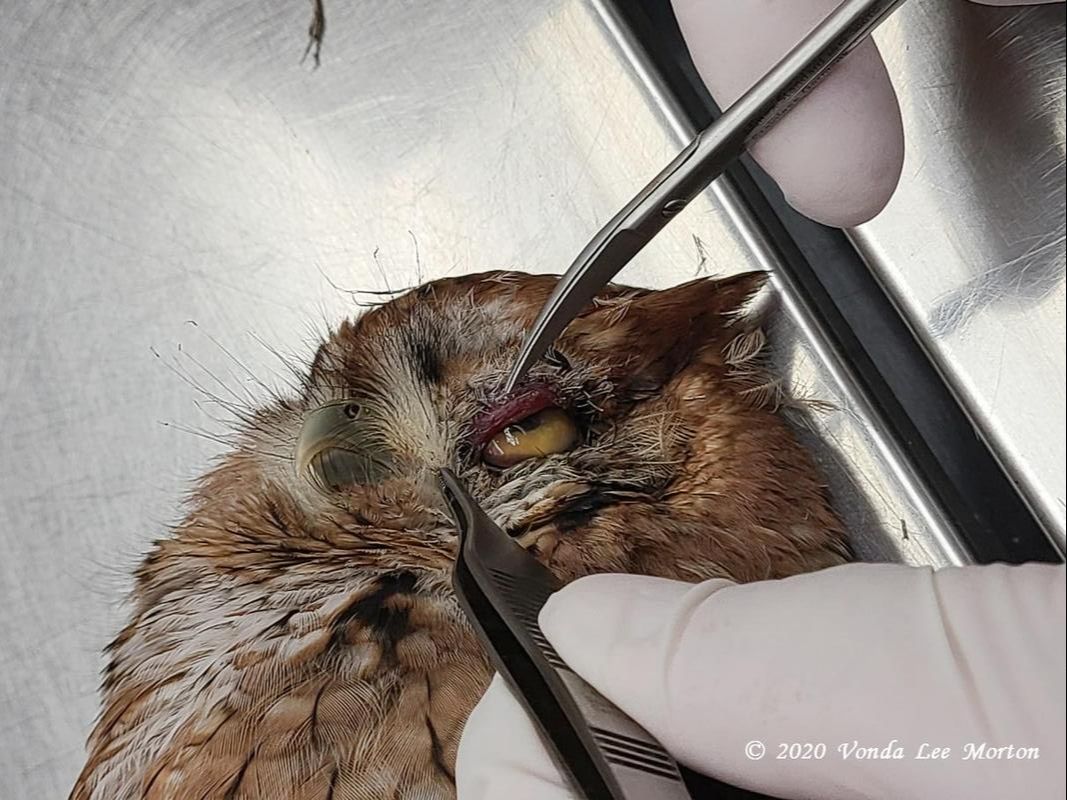
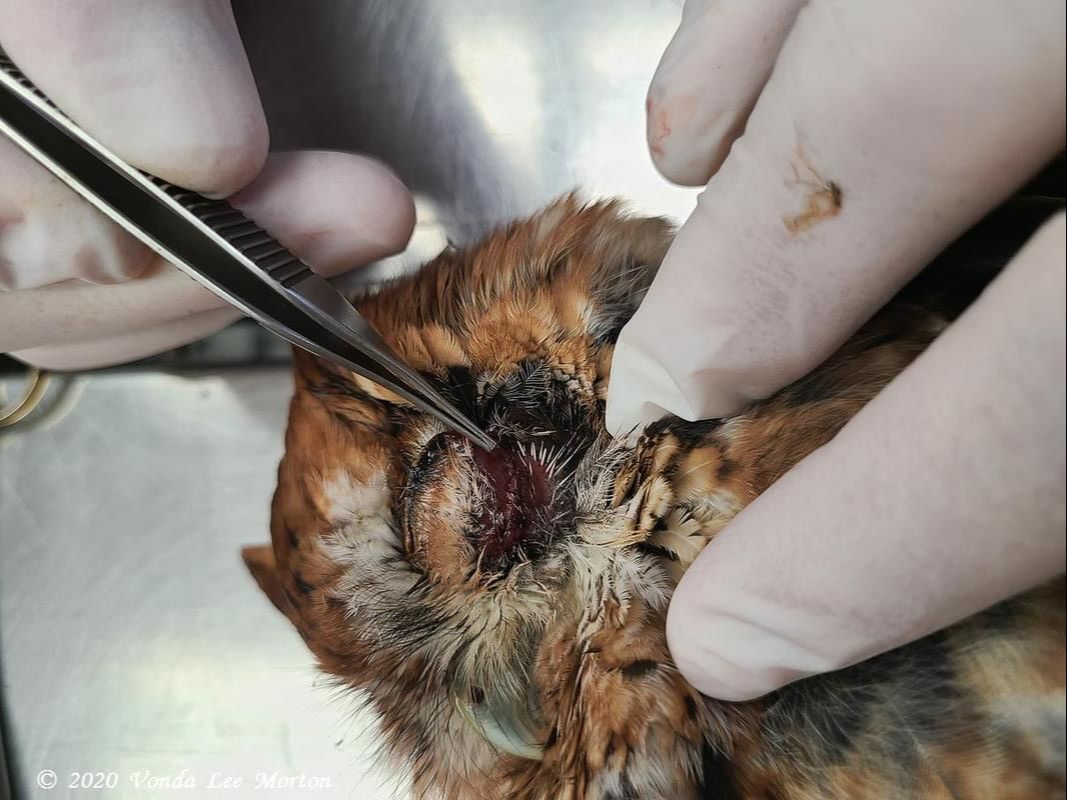
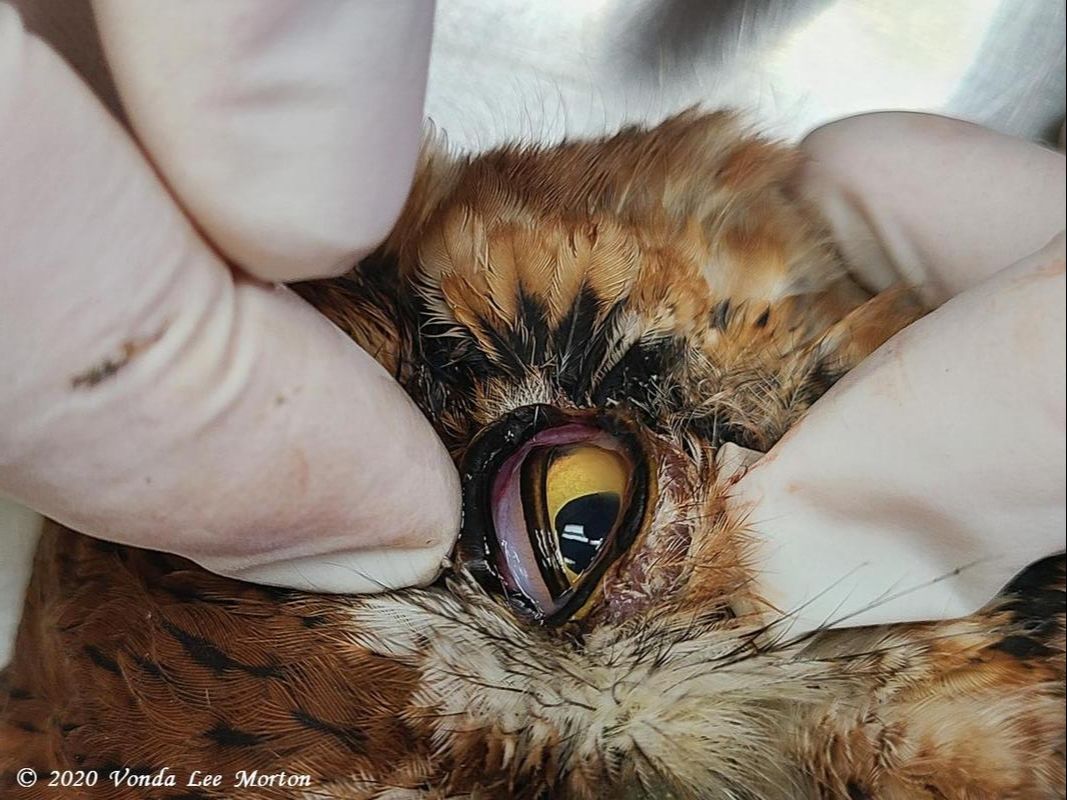
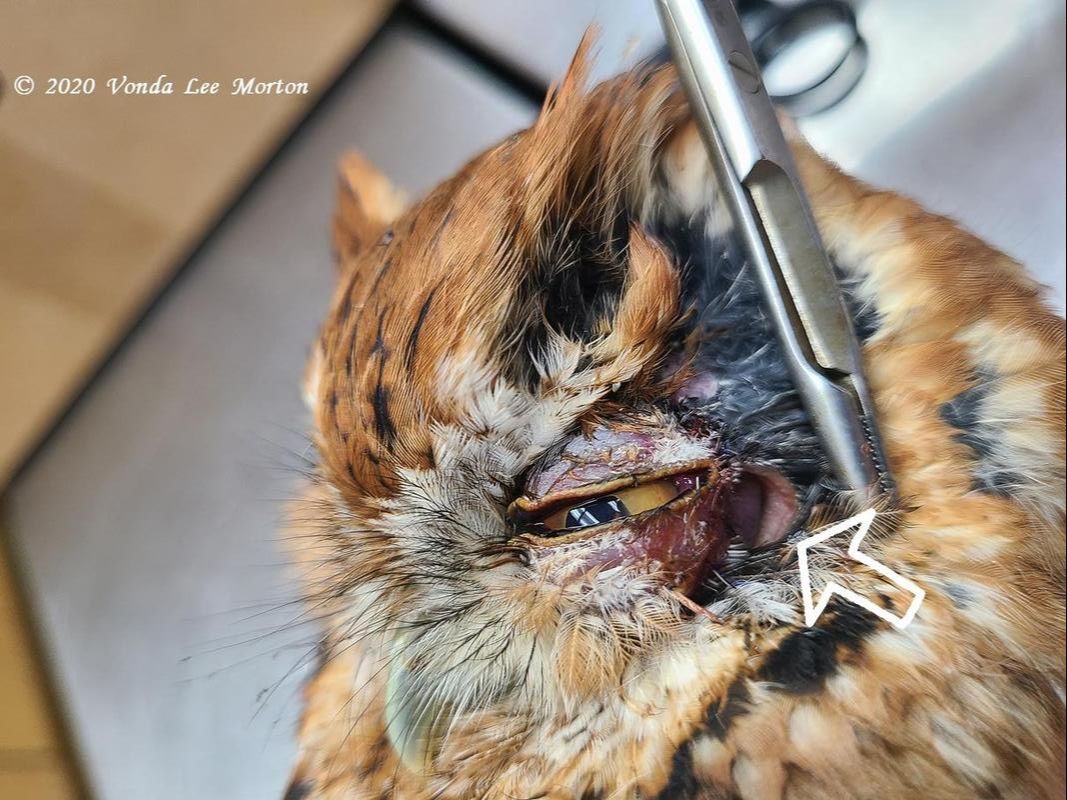
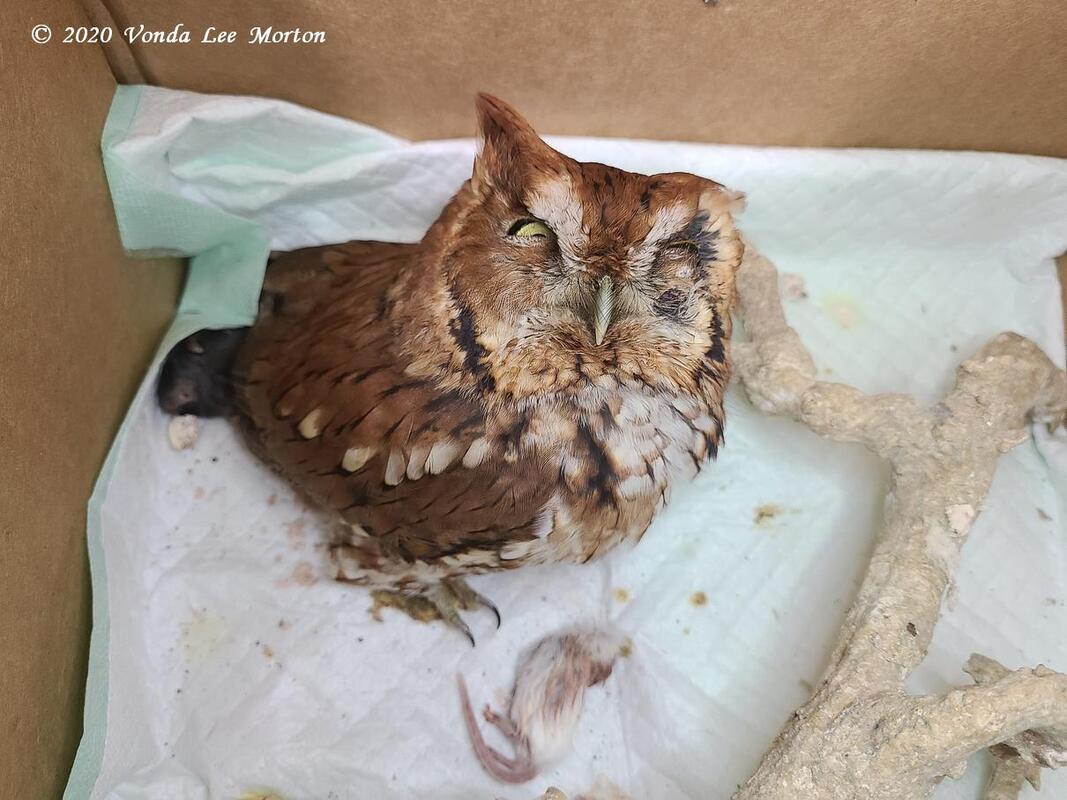
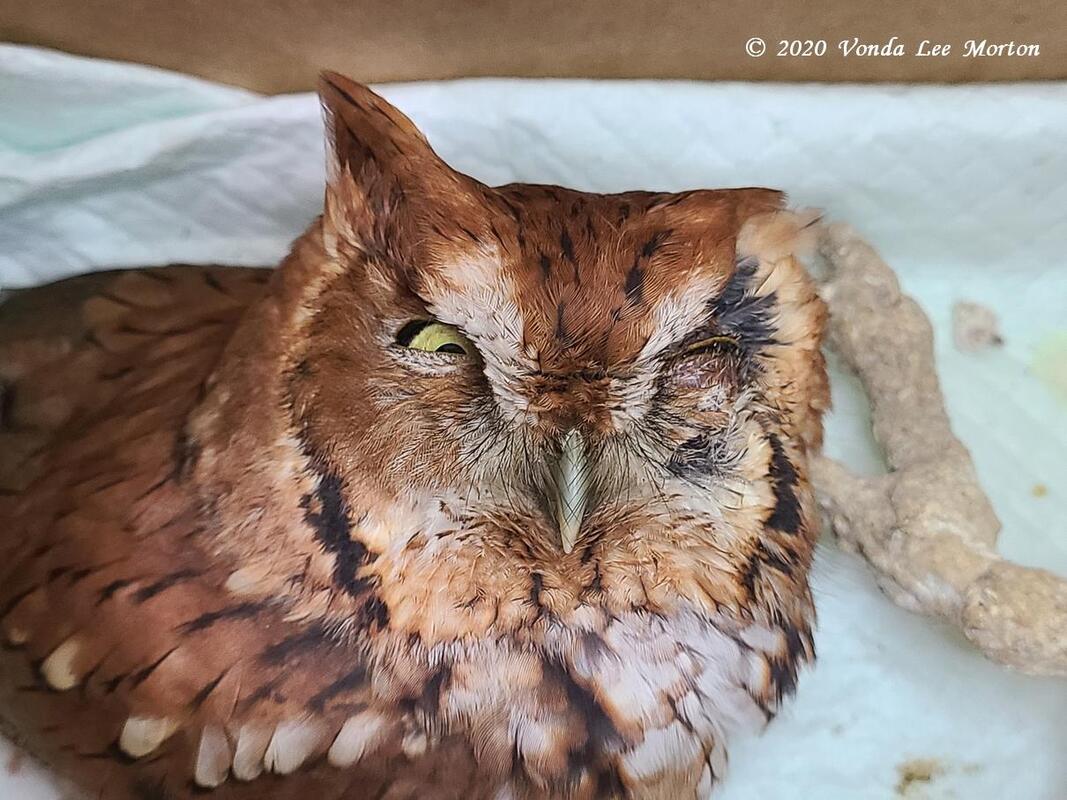
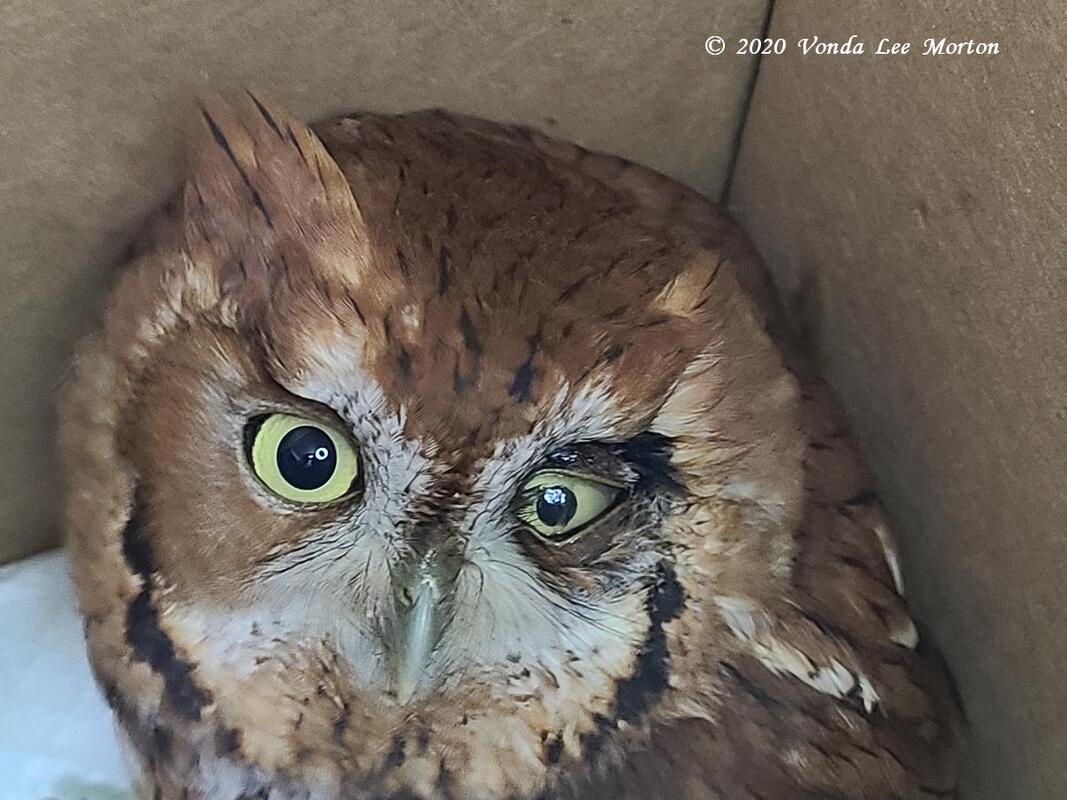
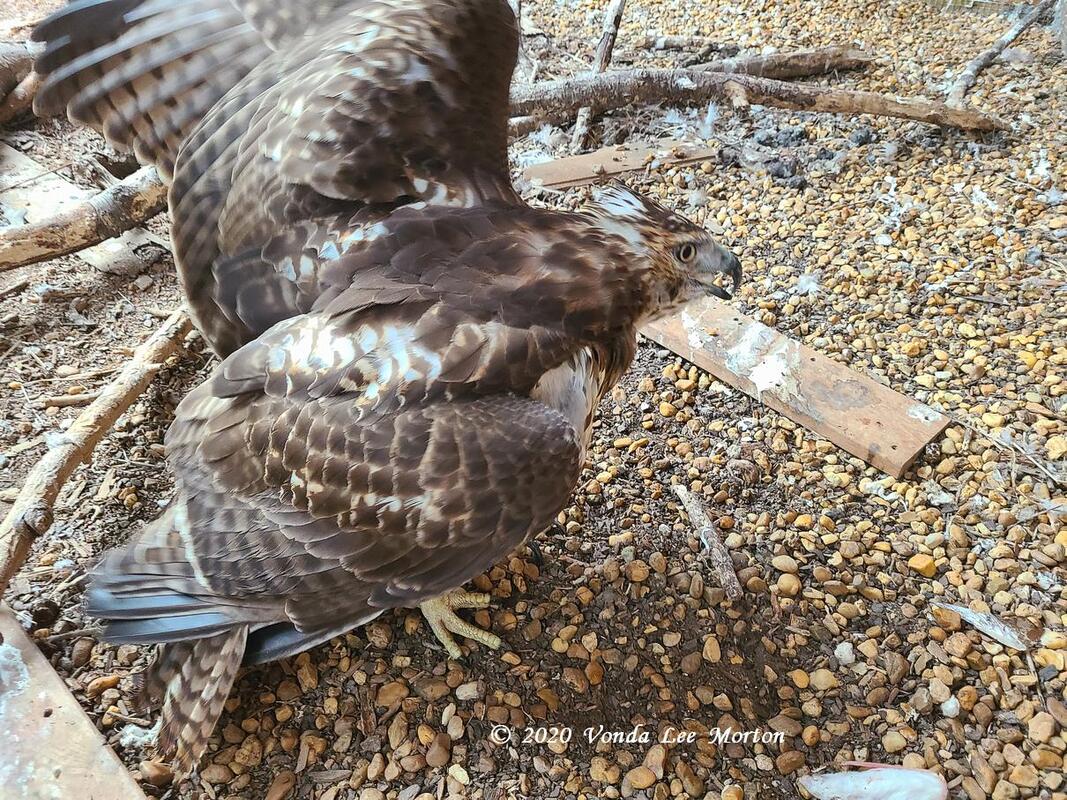
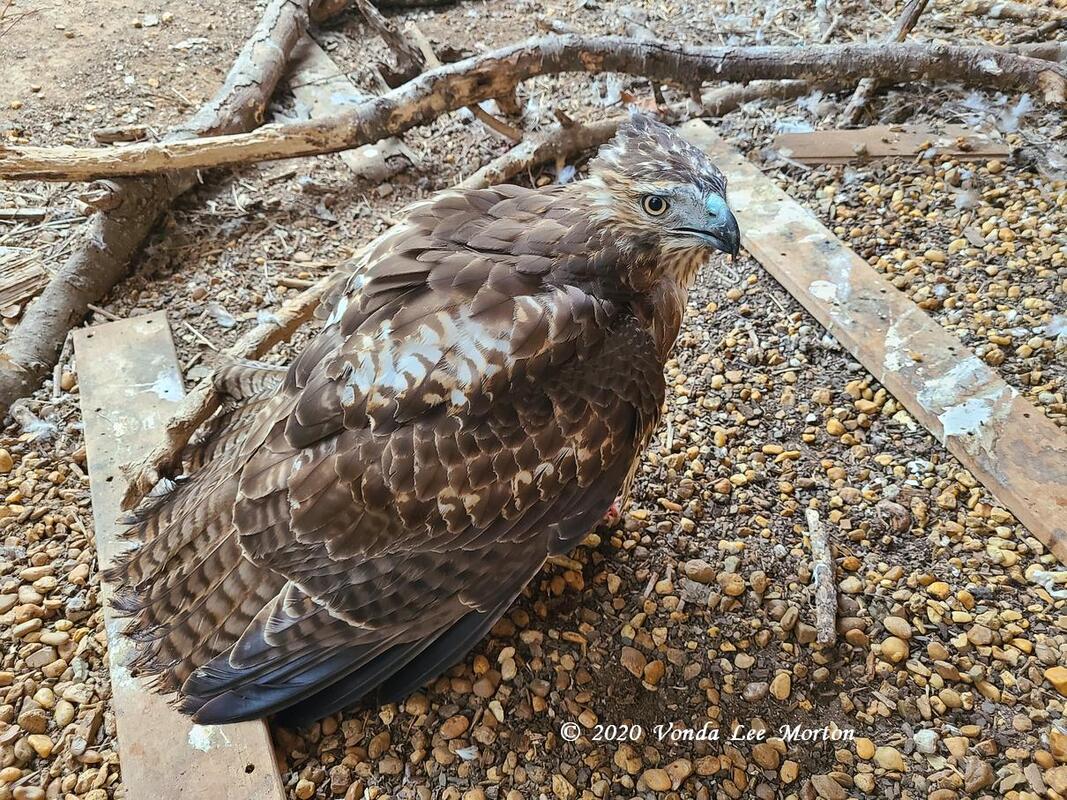
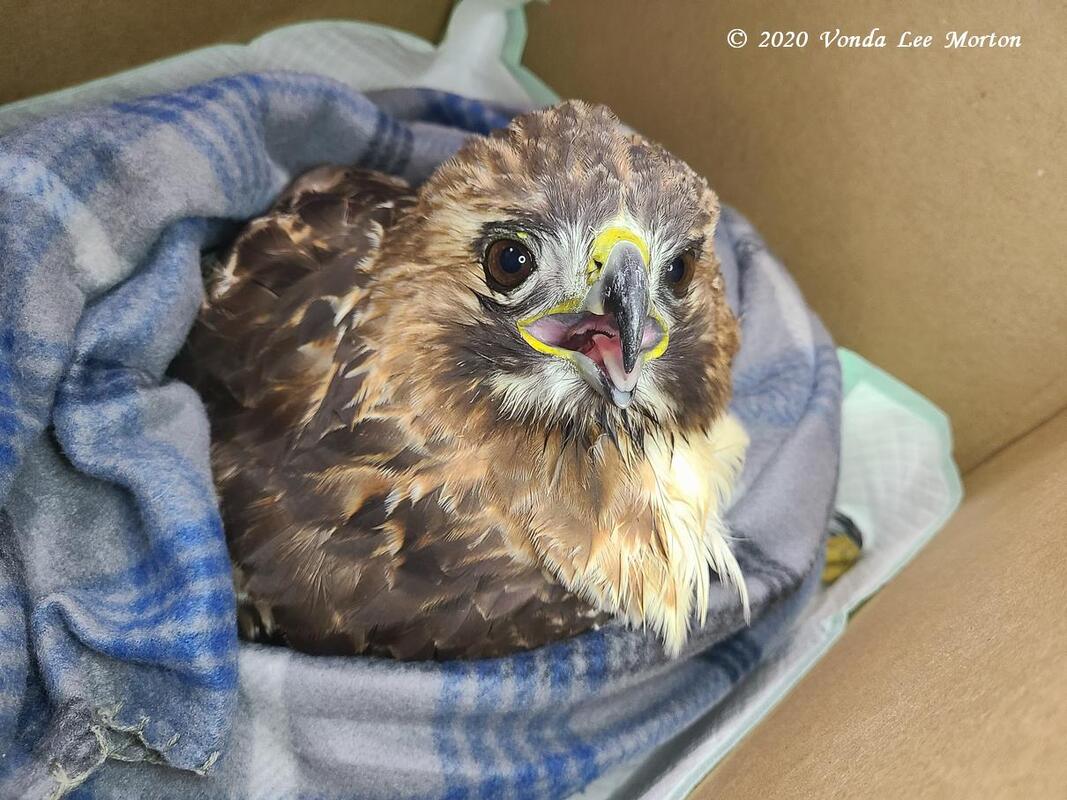
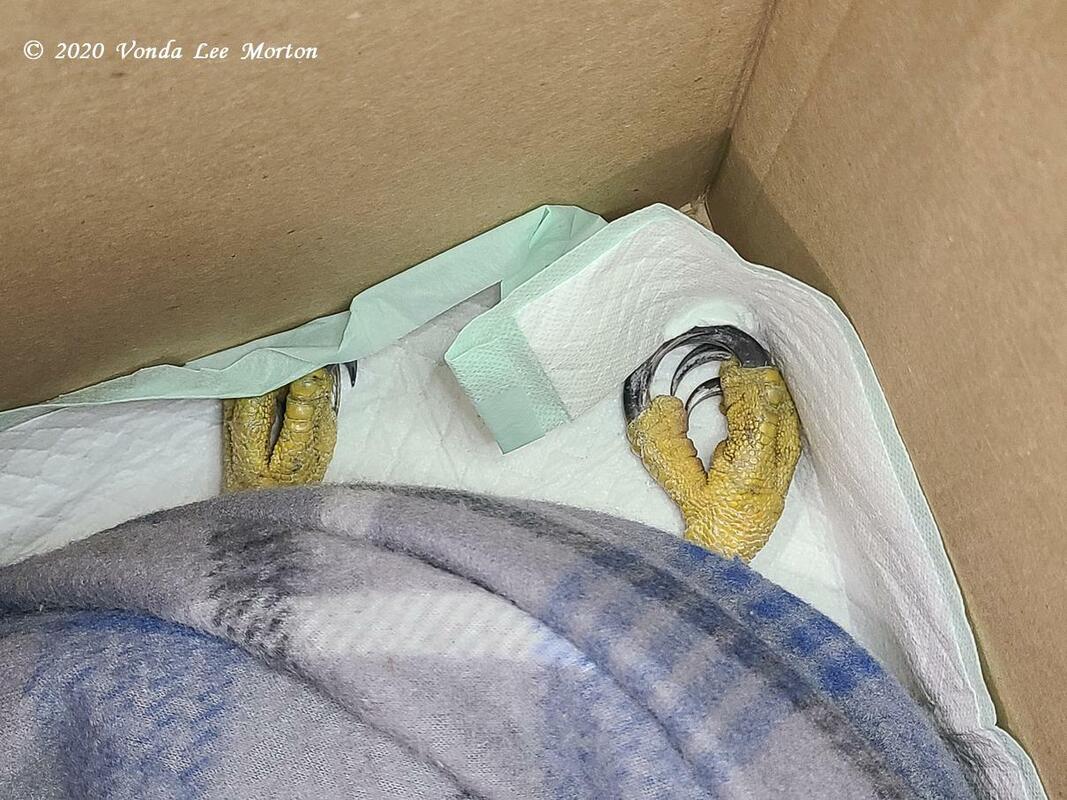
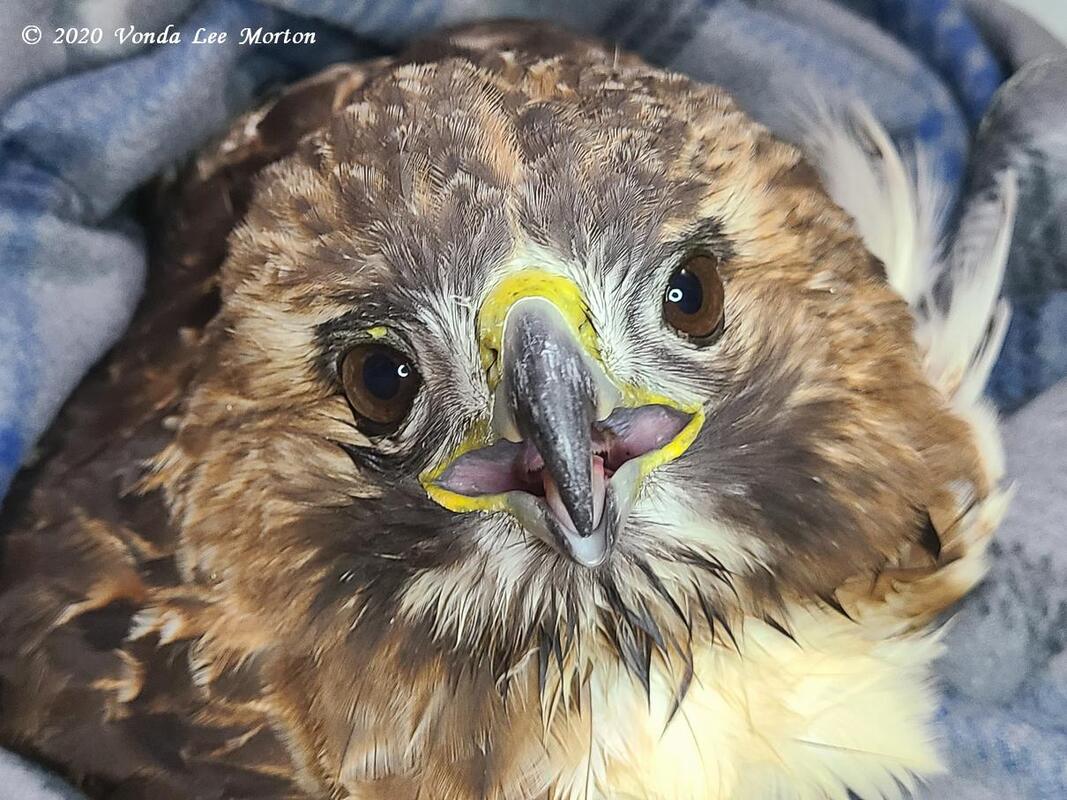
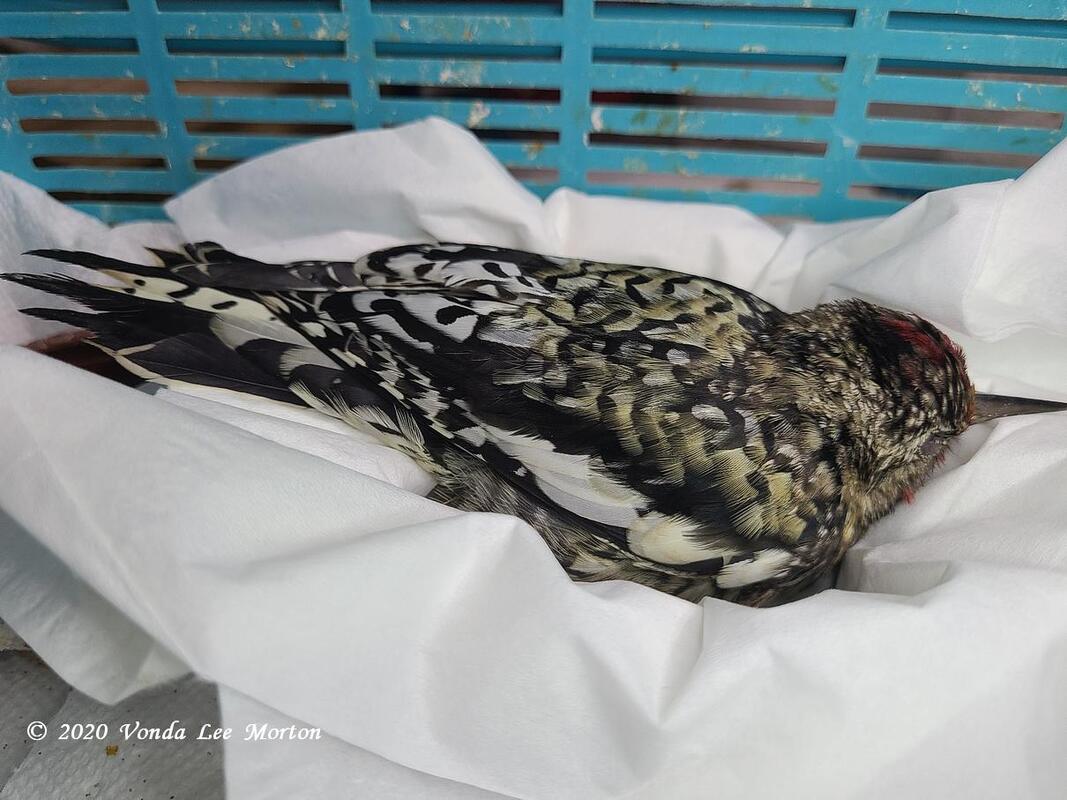
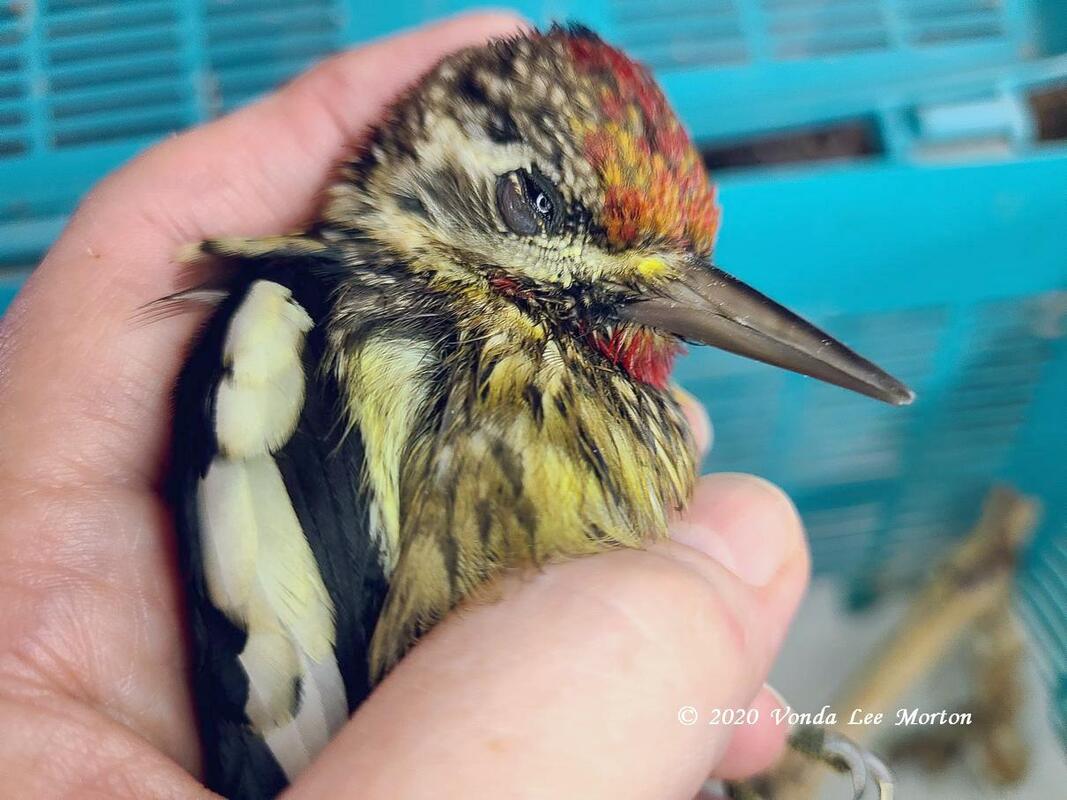
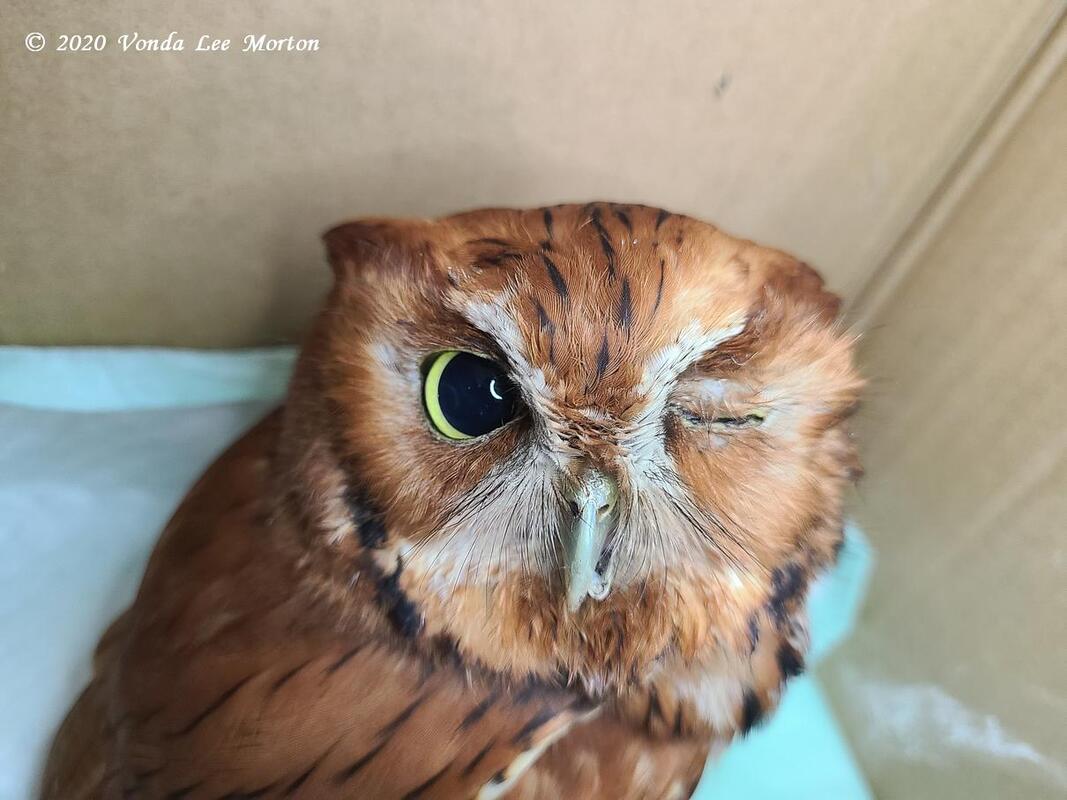
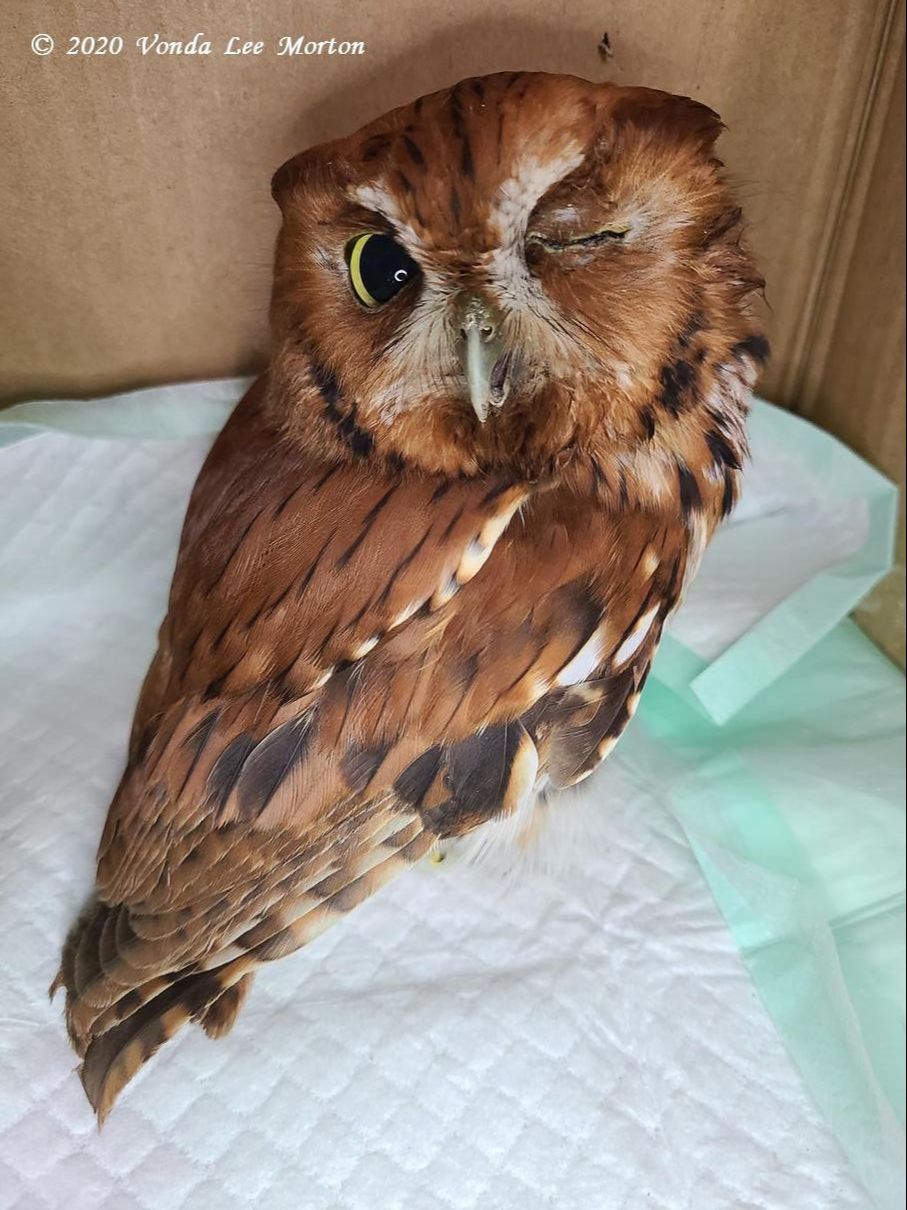
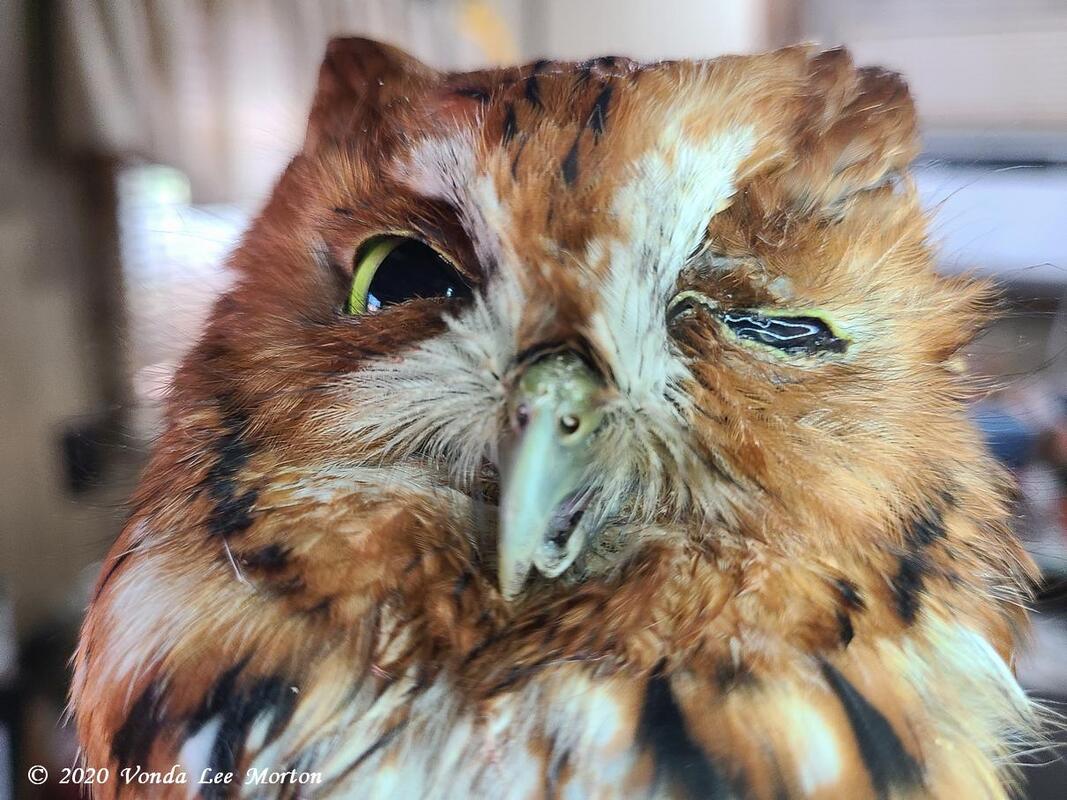
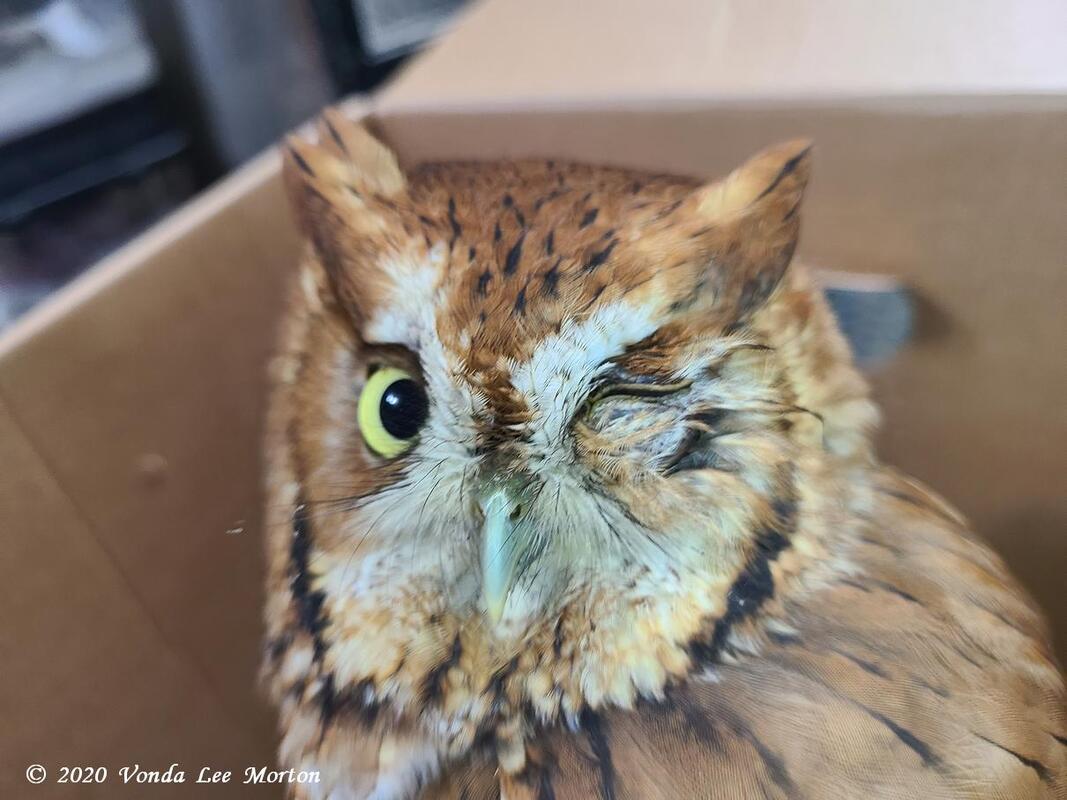
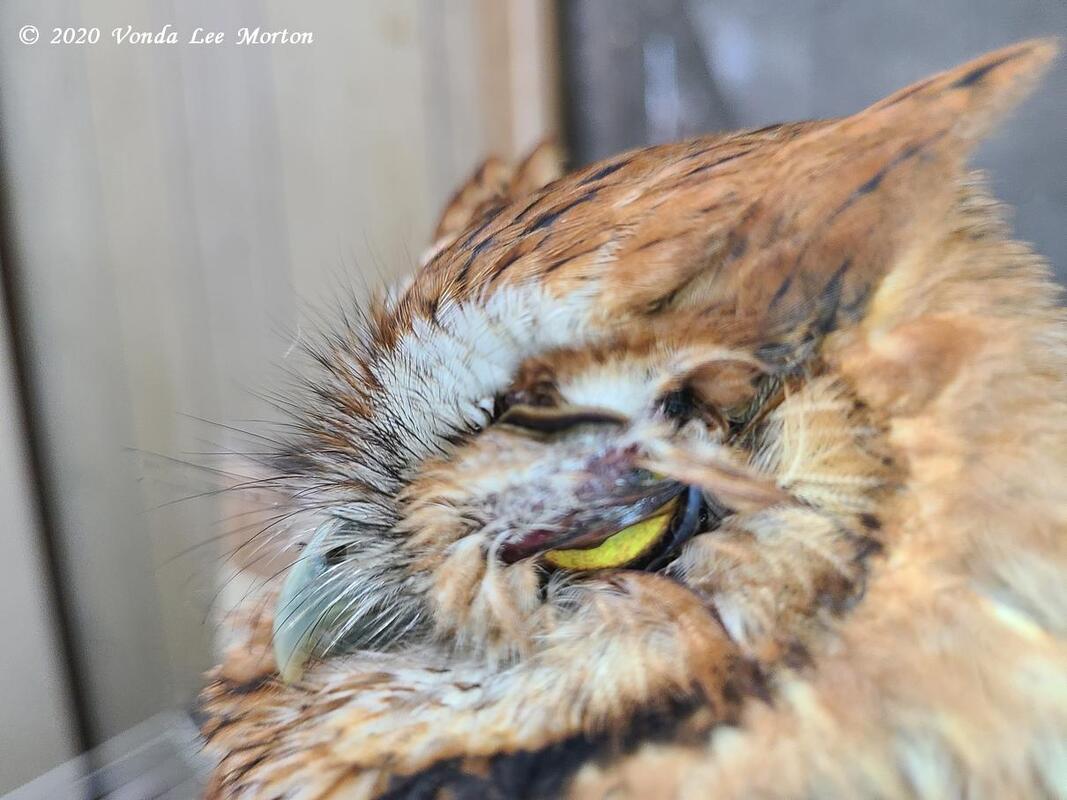
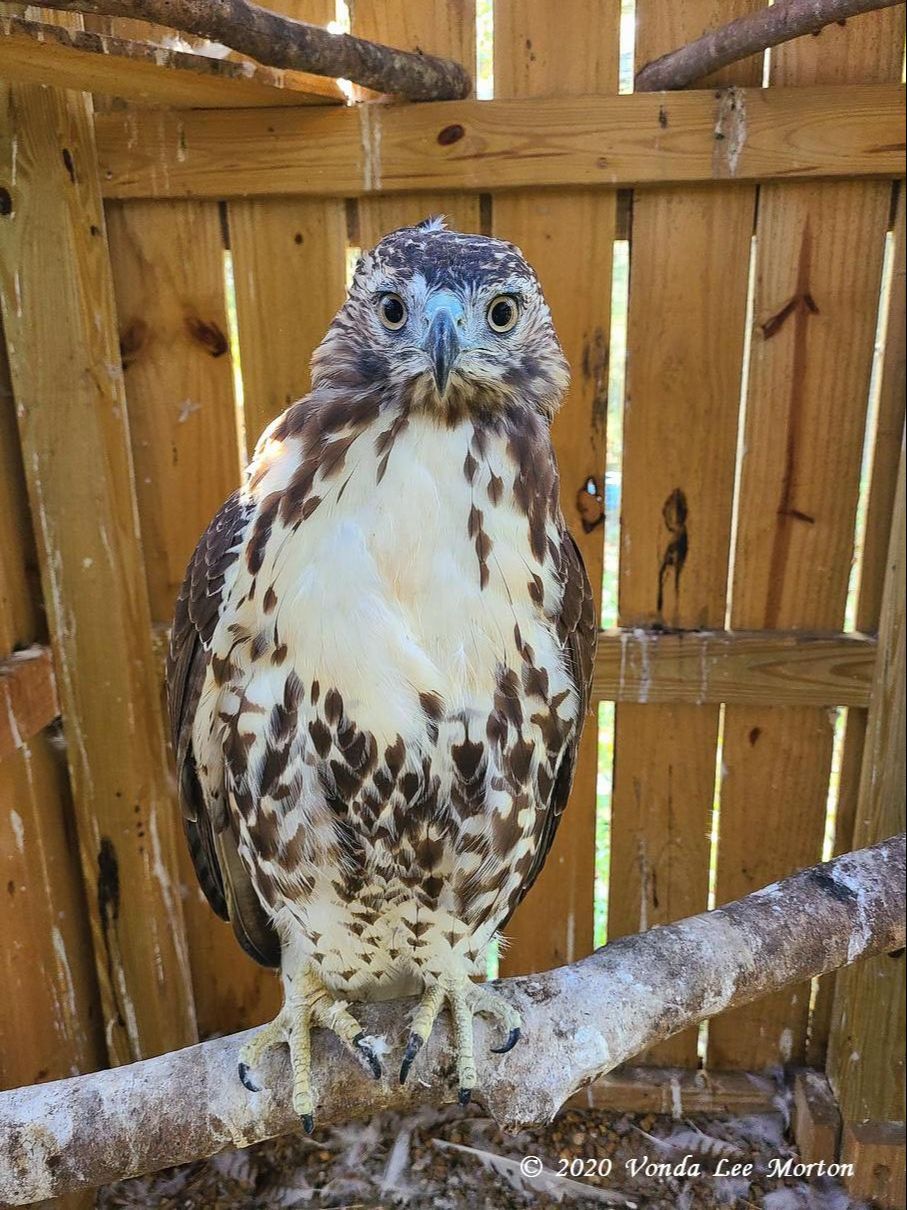
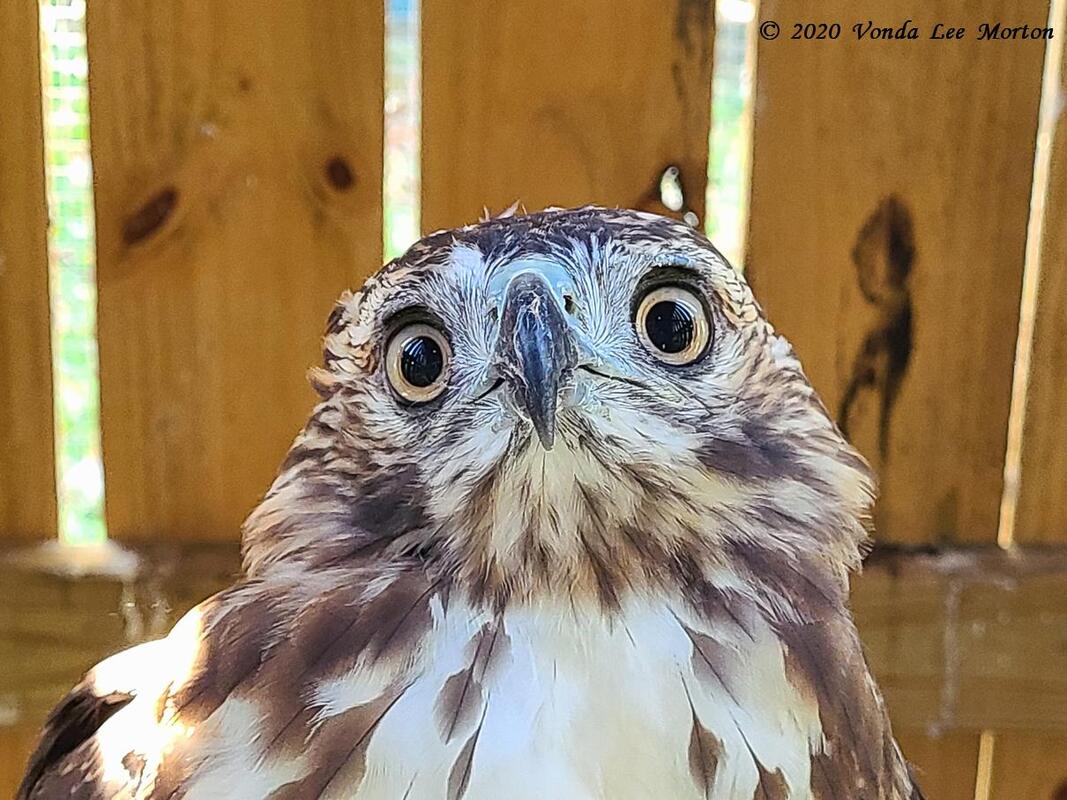
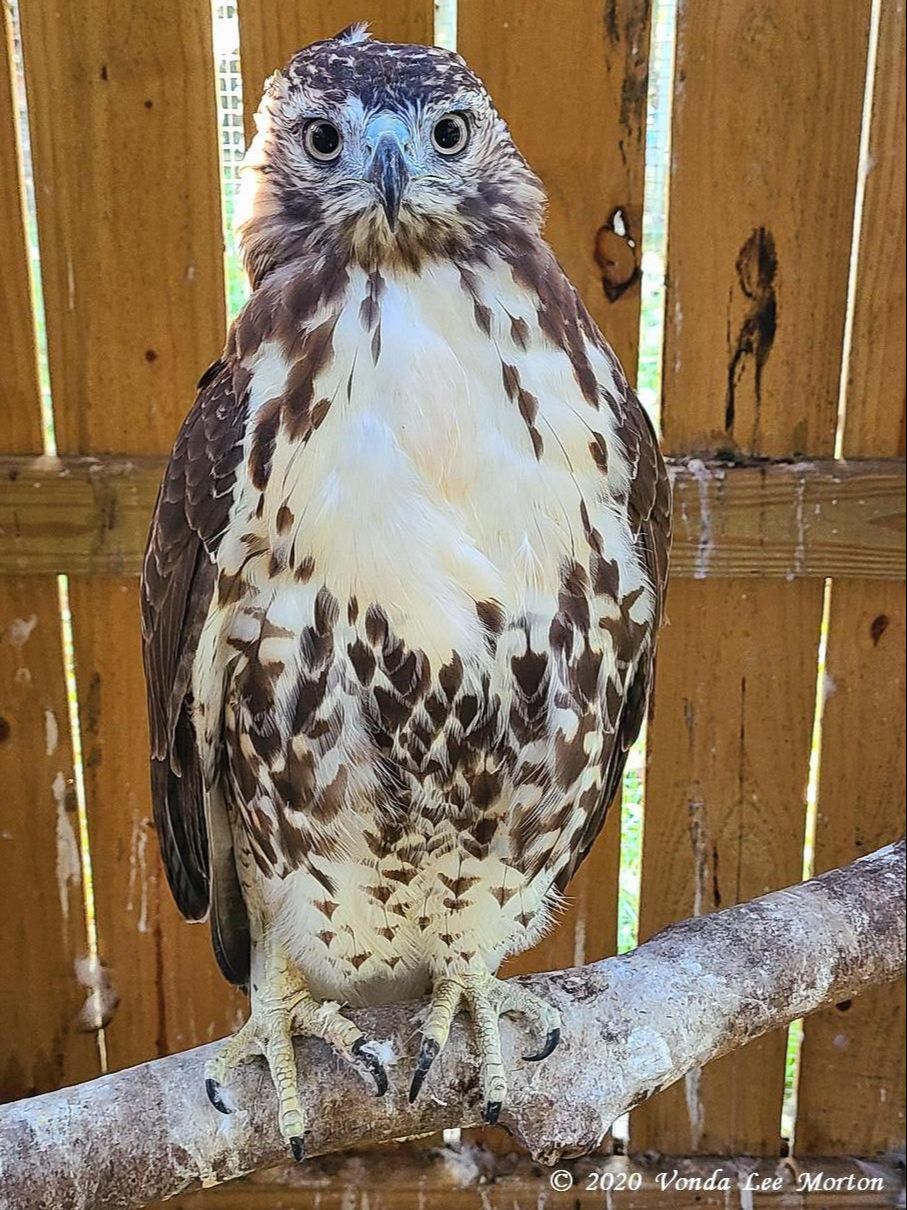
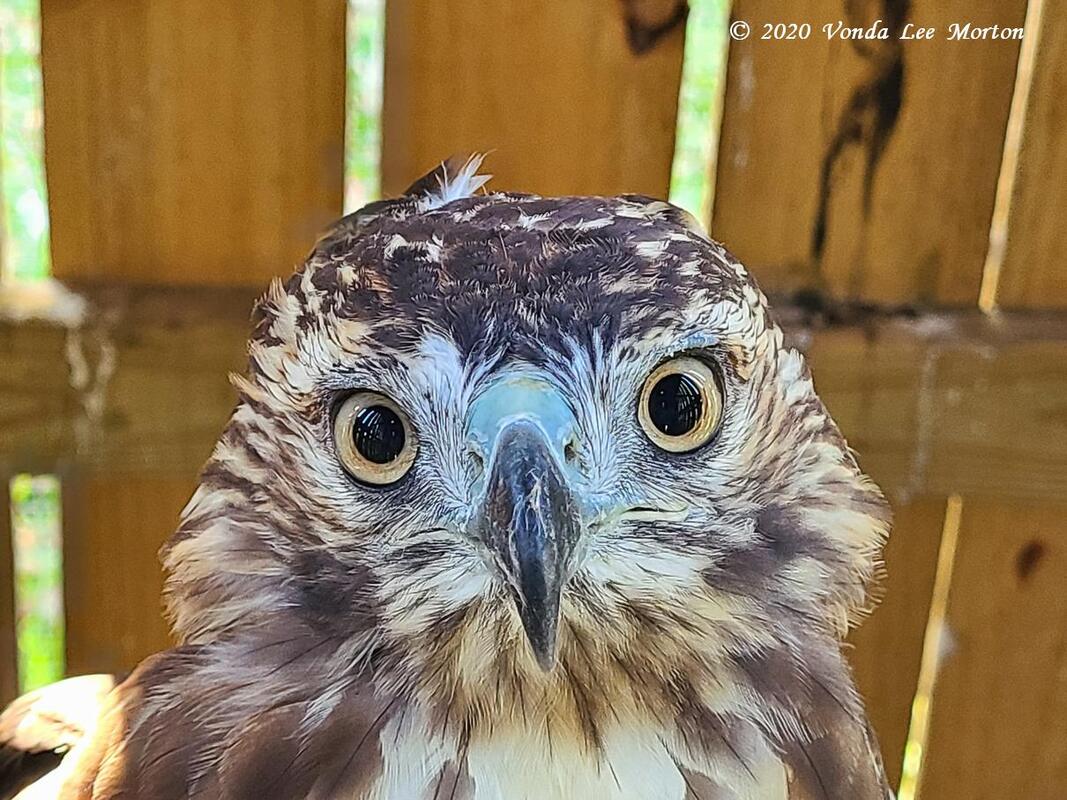
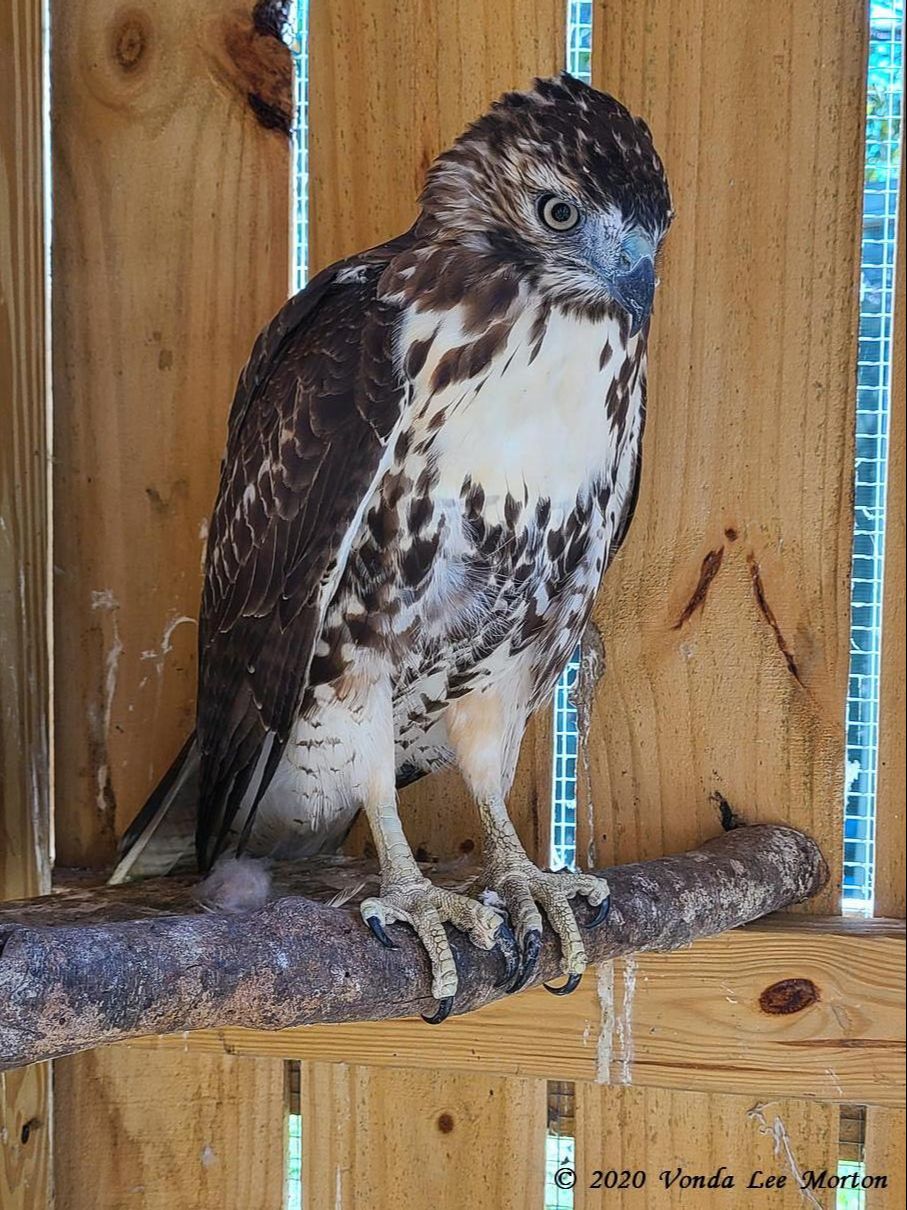
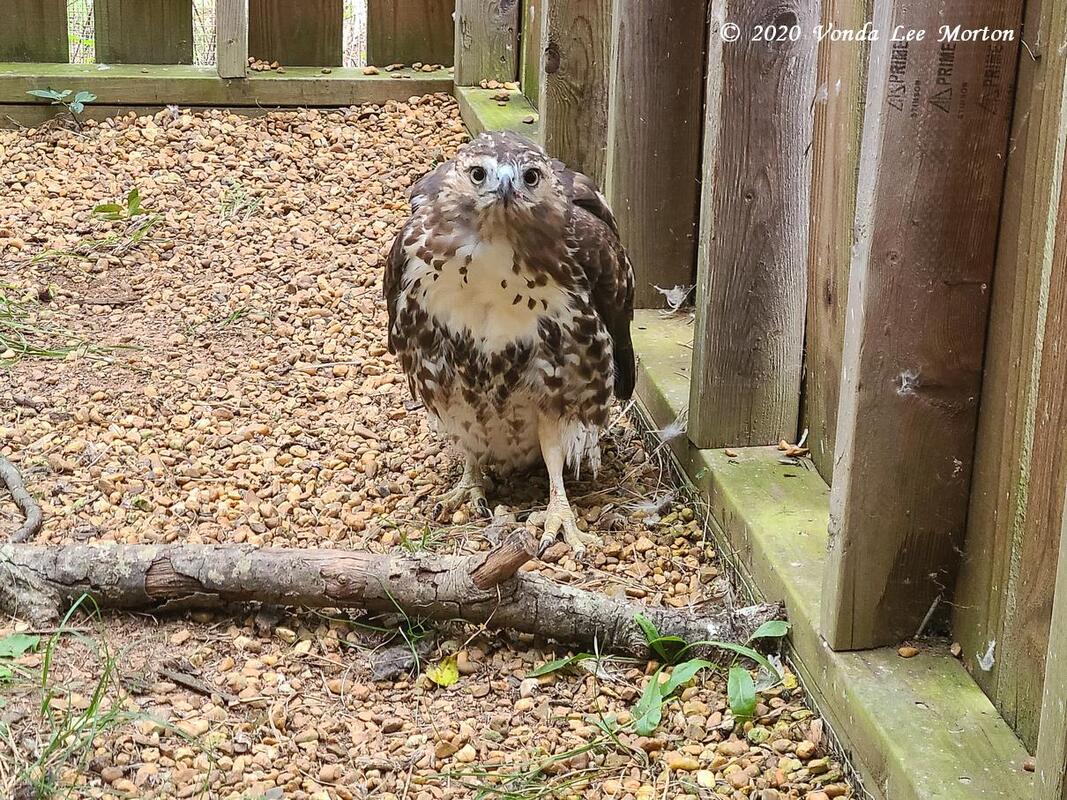
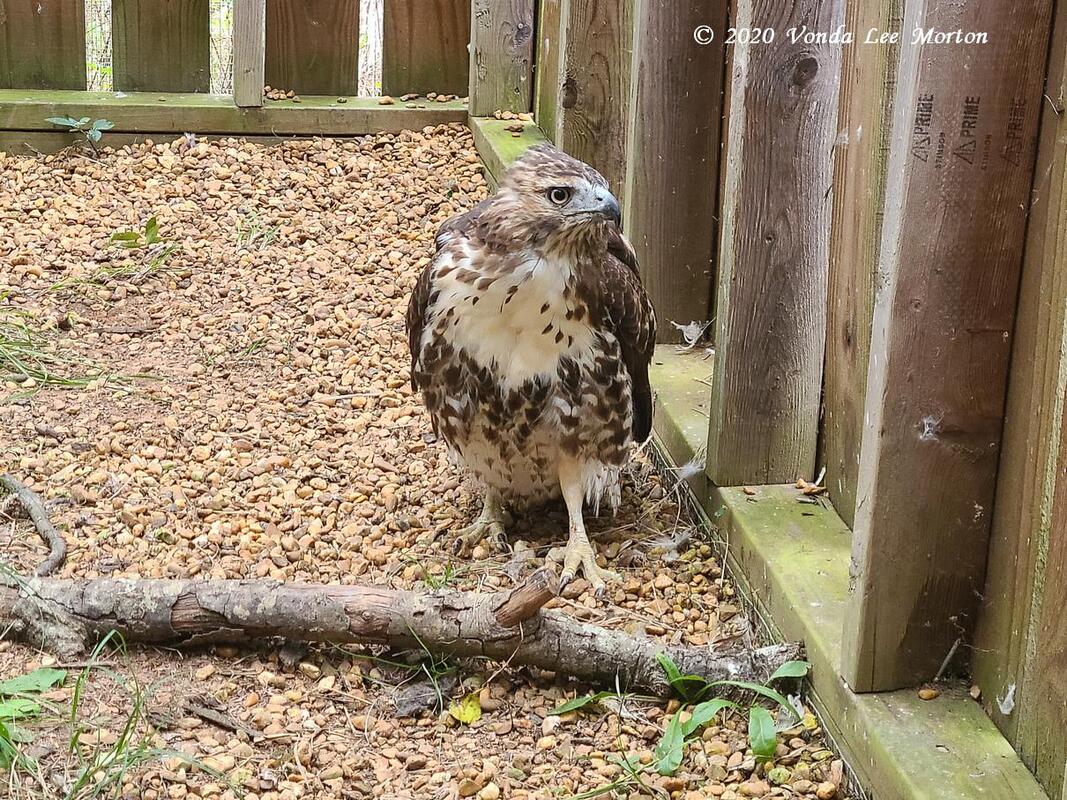
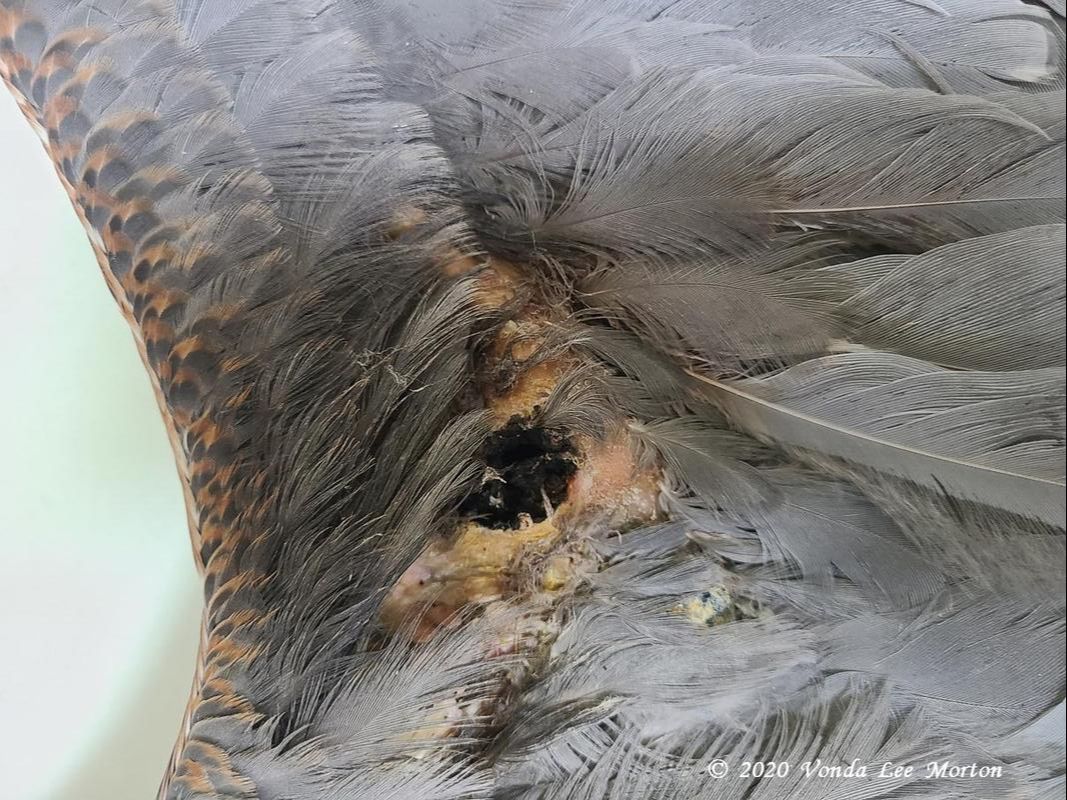
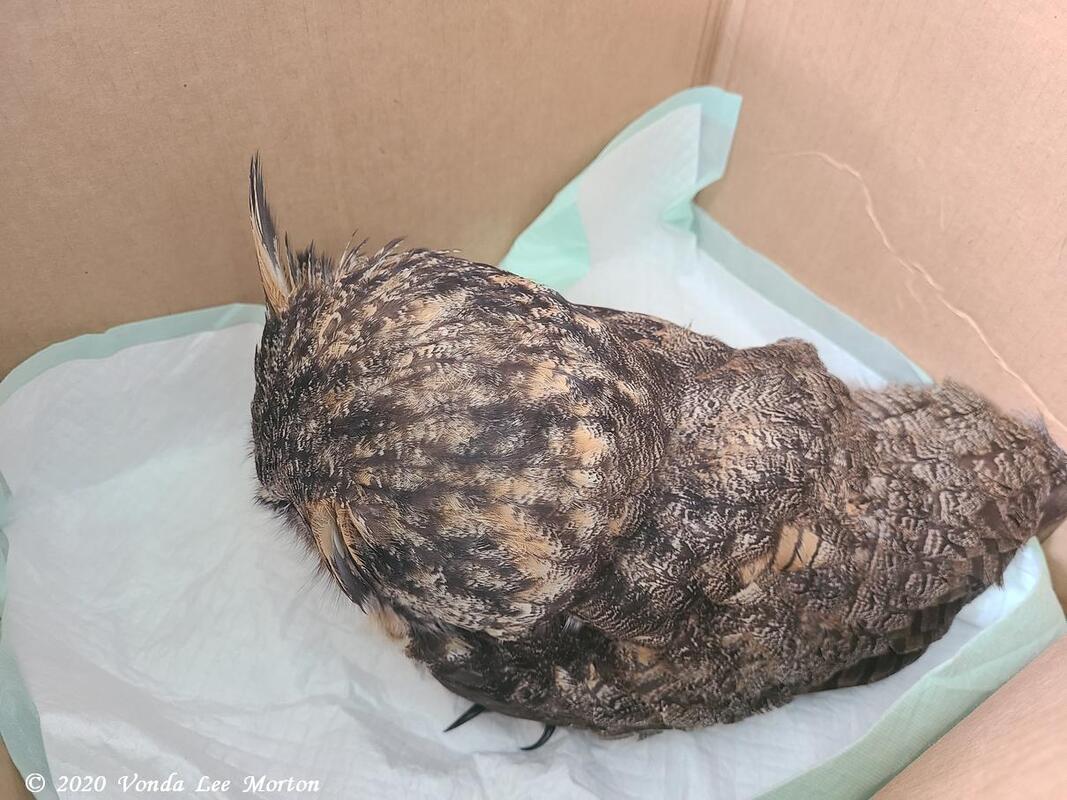
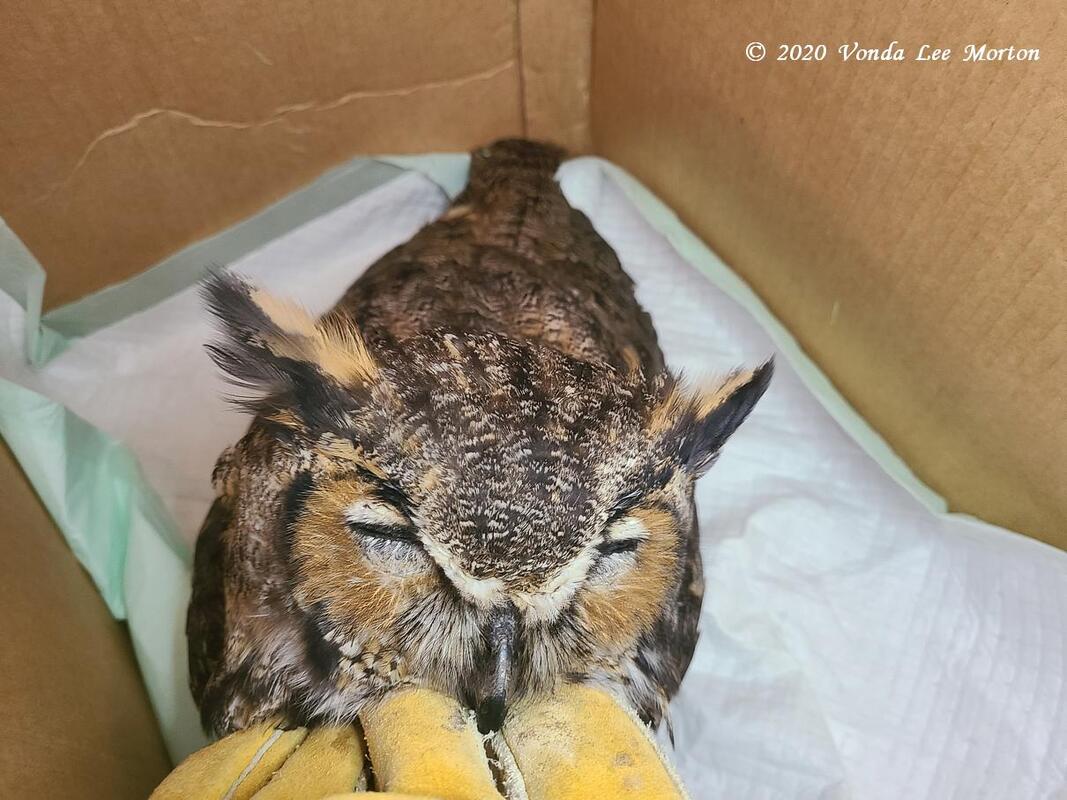
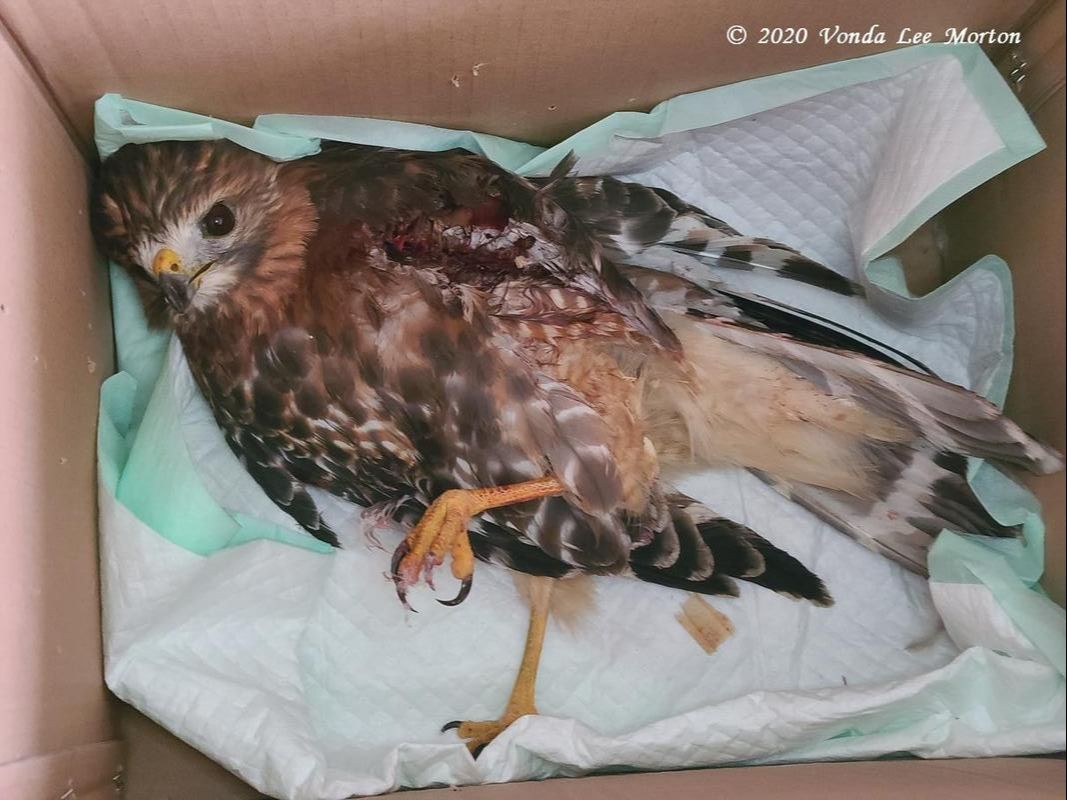
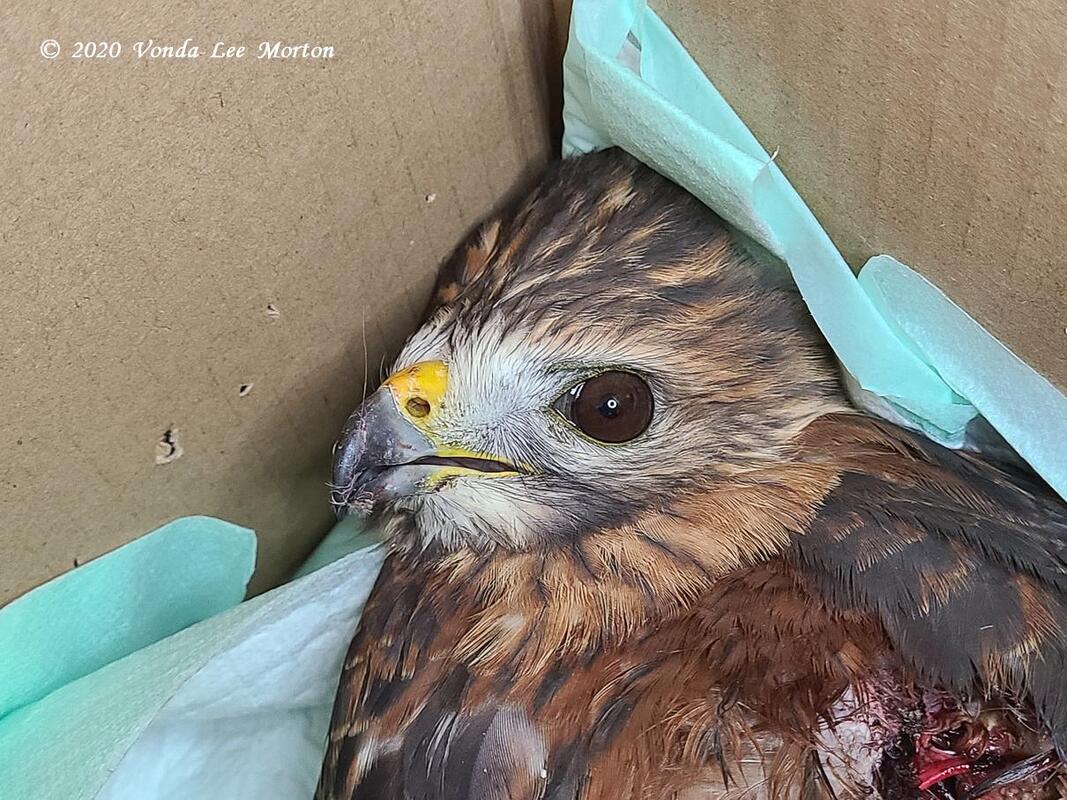
 RSS Feed
RSS Feed
